For All Souls Day, we have been investigating the interest in supernatural phenomena during the trauma of World War One. Many of the bereaved sought solace in spiritualism and its attempt to find proof of existence beyond the grave. Some escaped into fairyland convinced of the veracity of the photographs taken in 1917 by two girls in Cottingley, Yorkshire. In this context, the phenomenal success of Wedgwood’s Fairyland Lustre can be appreciated.
Sir Arthur Conan Doyle, the author of Sherlock Holmes, wrote widely about spiritualism and endorsed the Cottingley fairy photographs as visible evidence of psychic phenomena. He used them to illustrate a magazine article about fairies in 1920 and later wrote a book on the subject The Coming of the Fairies. In his words, “The recognition of their existence will jolt the material twentieth century mind out of its heavy ruts in the mud and will make it admit that there is a glamour and mystery to life.”
There is no record of how Daisy Makeig-Jones, the designer of Fairyland Lustre, reacted to the legitimacy question of the fairy photos which helped popularize her work. However, we do know that the Land of Faerie held an extraordinary fascination for Daisy throughout her life. She was very well read in legends and tales of the supernatural from many countries. Daisy was born in 1881 and grew up in Yorkshire, where she enjoyed tomboy outdoor pursuits and reading fairytales to her six younger siblings. We can imagine her relishing the scary illustrations in Andrew Lang’s colored Fairy Books that excited and terrified children growing up in Victorian England. We know that she was enthralled by Gustave Dore’s illustrations for the Legend of Croquemitaine, first published in 1866. Croque-mitaine translates as bogeyman in English and it is a frightening story of a brave young girl conquering the Fortress of Fear. The story begins, “I should like, my young friends, to give you a horrible – an alarming – a terrific description of the Fortress of Fear……Even the bravest of us must confess to having paid it a visit.”
Gustave Doré’s illustrations of giant spiders and menacing monsters clearly haunted Daisy as they appeared in her designs for Fairyland Lustre, most notably in Ghostly Wood. Daisy’s ghostly apparitions are very topical with the advent of All Souls Day and the Mexican Day of the Dead on November 2. In her description of the Ghostly Wood scene in Glimpses of Fairyland, Daisy talks of the shrouded corpses, spirits who fail to reach the Fortress of Fear “wailing, holding the flaming candles of their souls”. Her trees, which have with demon’s heads instead of leaves, dripped blood, shrieked and howled.
Some of Daisy’s images have been traced to the gruesome images of Henry J. Ford, who was a prolific illustrator for Lang’s Fairy Books between 1889 and 1910. The hobgoblins, trolls and other supernatural creatures envisioned by Ford were a major influence on Daisy’s more freakish residents of fairyland. Her goblins and imps cavort in fantasy forests alongside monstrous birds, weird insects and other sinister creatures that defy classification. Spiders lurk in the shadows ready to gobble up baby fairies in Daisy’s Bubbles jar and cruel dragons crunch careless sprites in their jaws in the Dragon King vase. Occasionally, Daisy’s dragons waver from their reputation as the auspicious celestial beings of Chinese mythology and become more like the malevolent, man-eating monsters that St. George battled in Western legends. Perhaps the trauma of the Great War, which raged in Europe from 1914-1918, impinged on Daisy’s subconscious as she visualized these sinister images in the aftermath.
Read more...
Bowled Over by Fairyland Exhibition
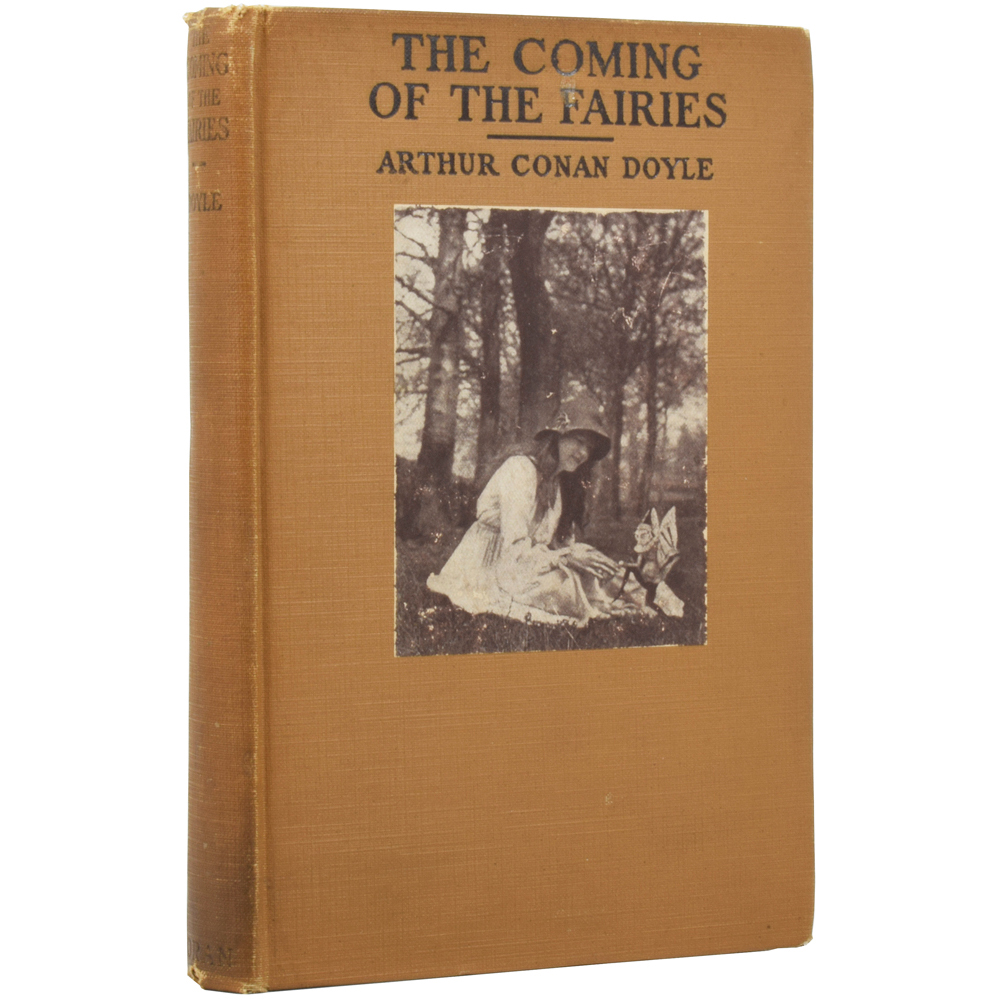
The Coming of the Fairies by Sir Arthur Conan Doyle
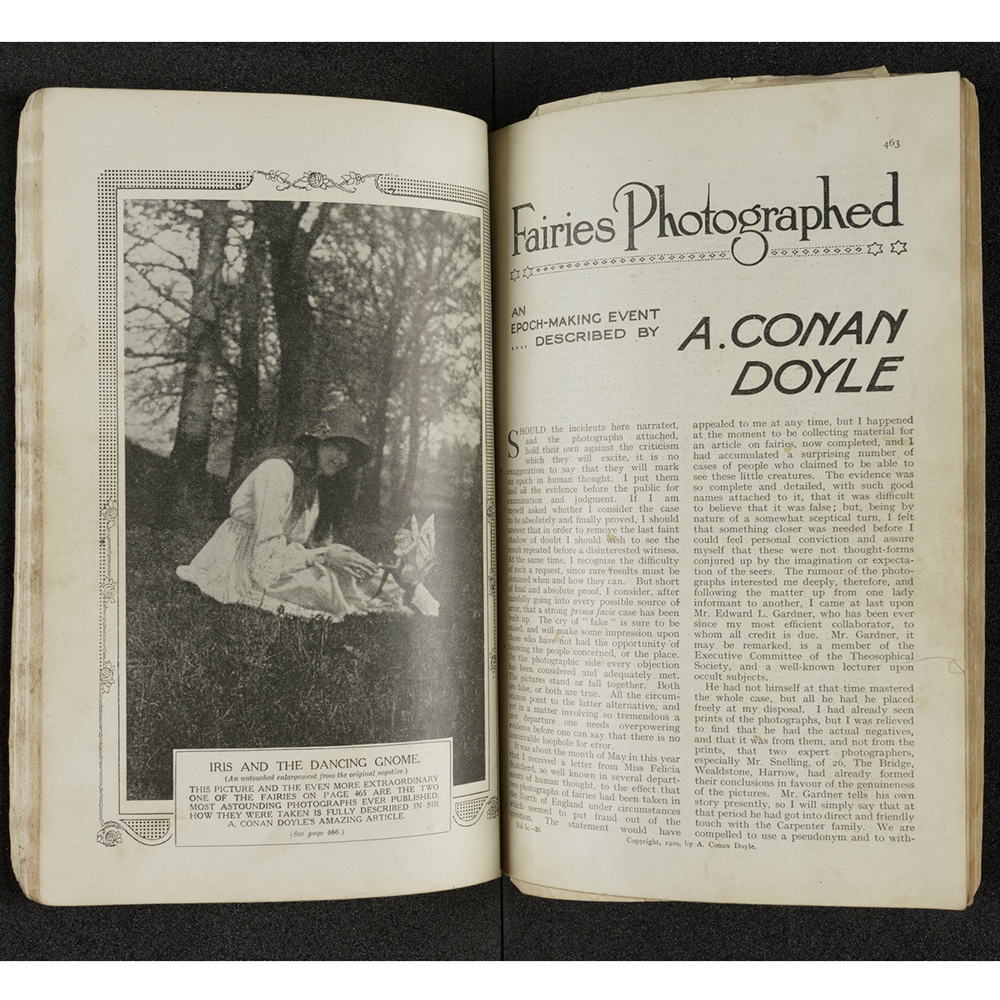
Strand Magazine featuring Sir Arthur Conan Doyle
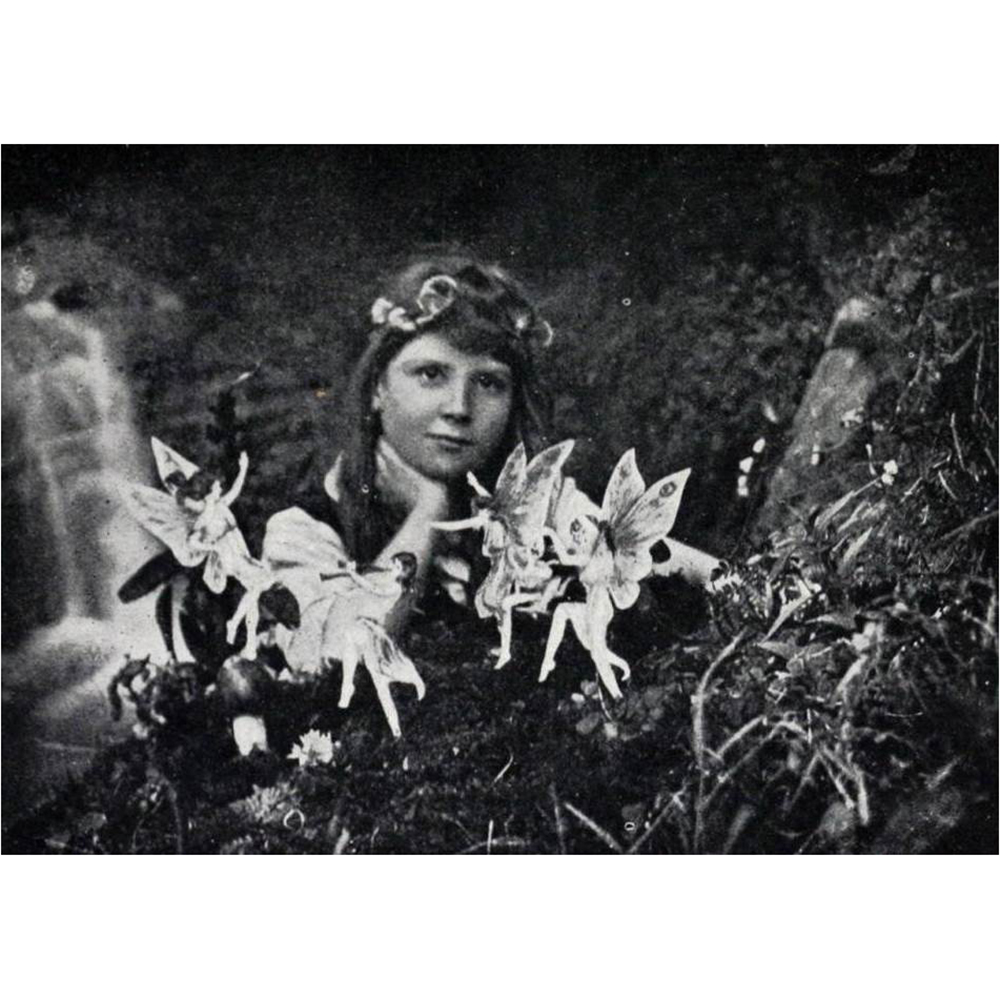
Cottingley Fairies photograph
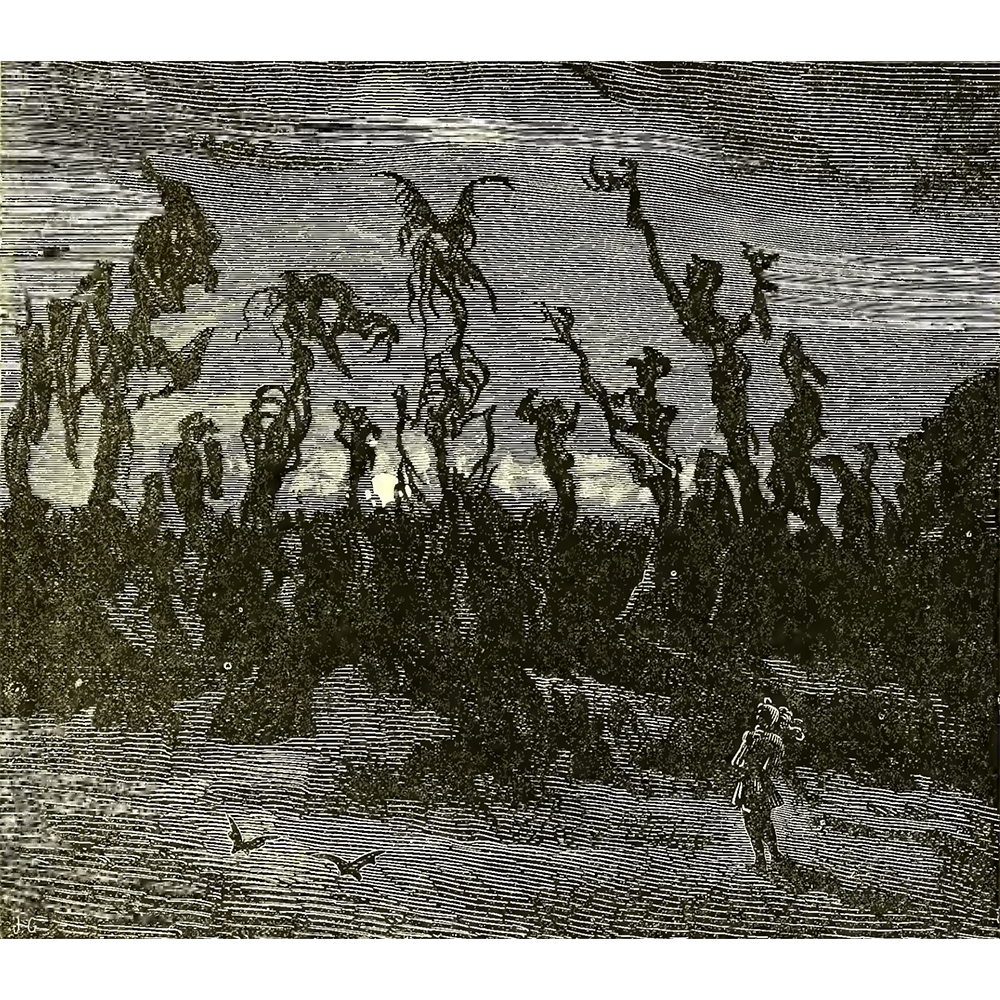
Haunted Grove by Doré
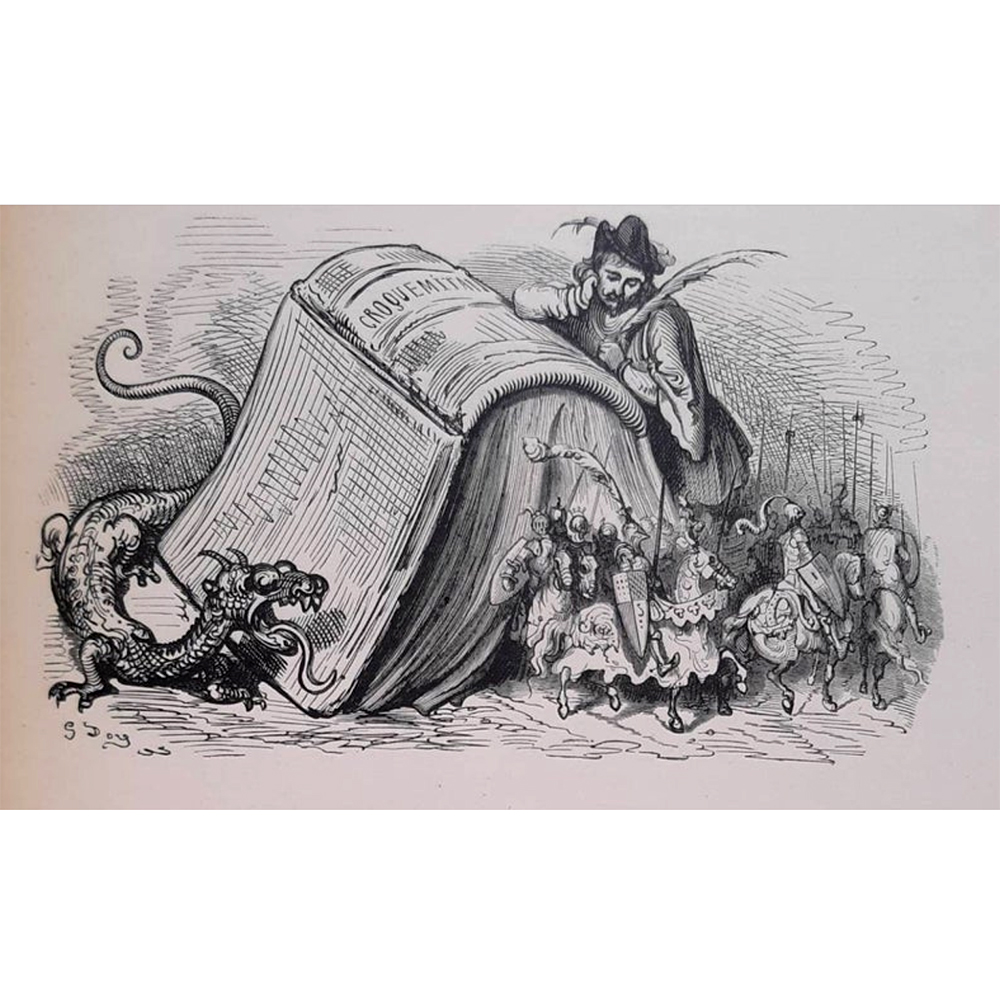
Croquemitaine by Doré
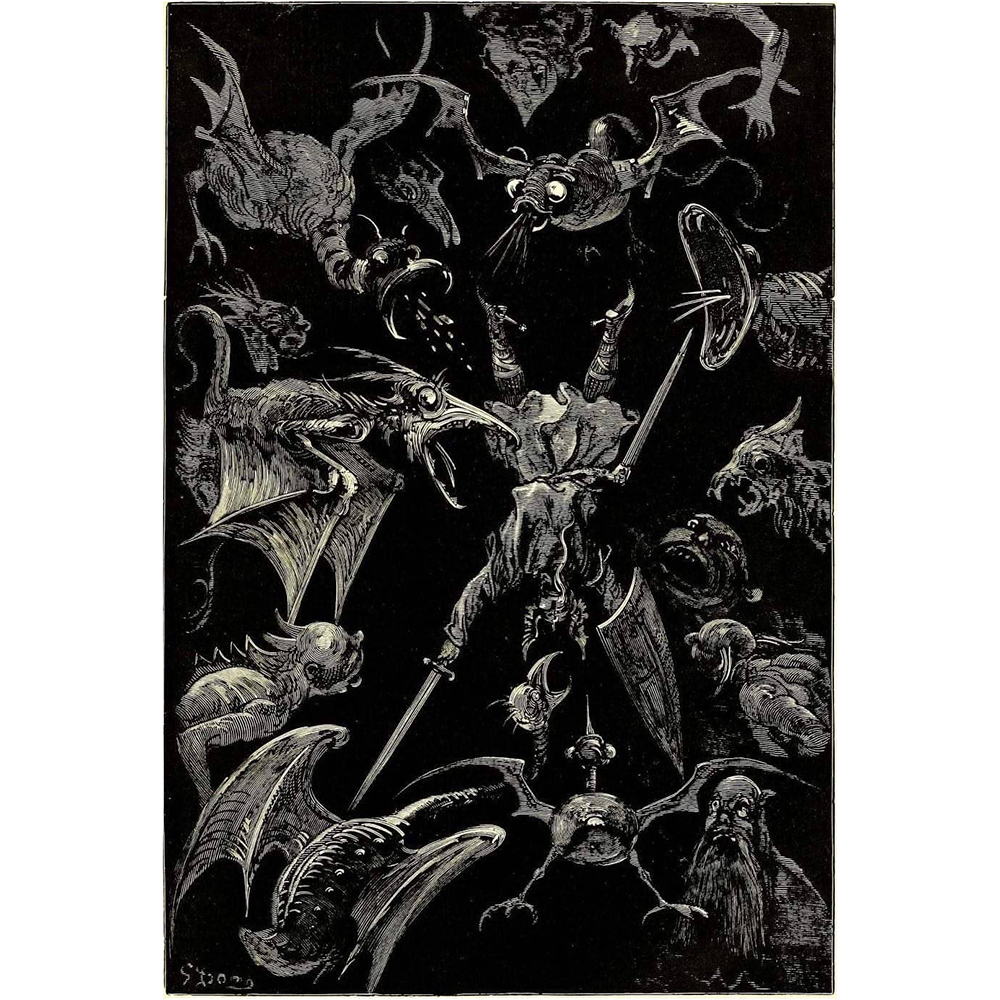
Monsters by Doré
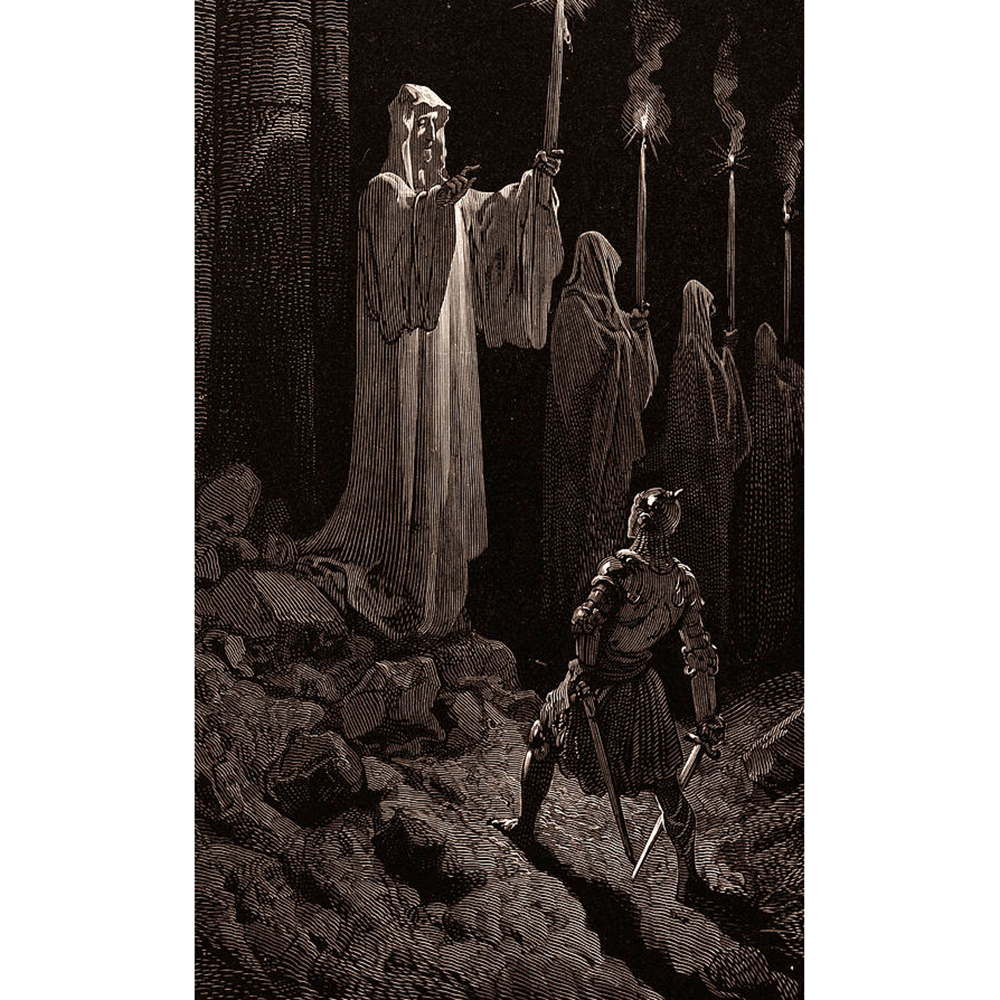
Corpse Candles by Doré
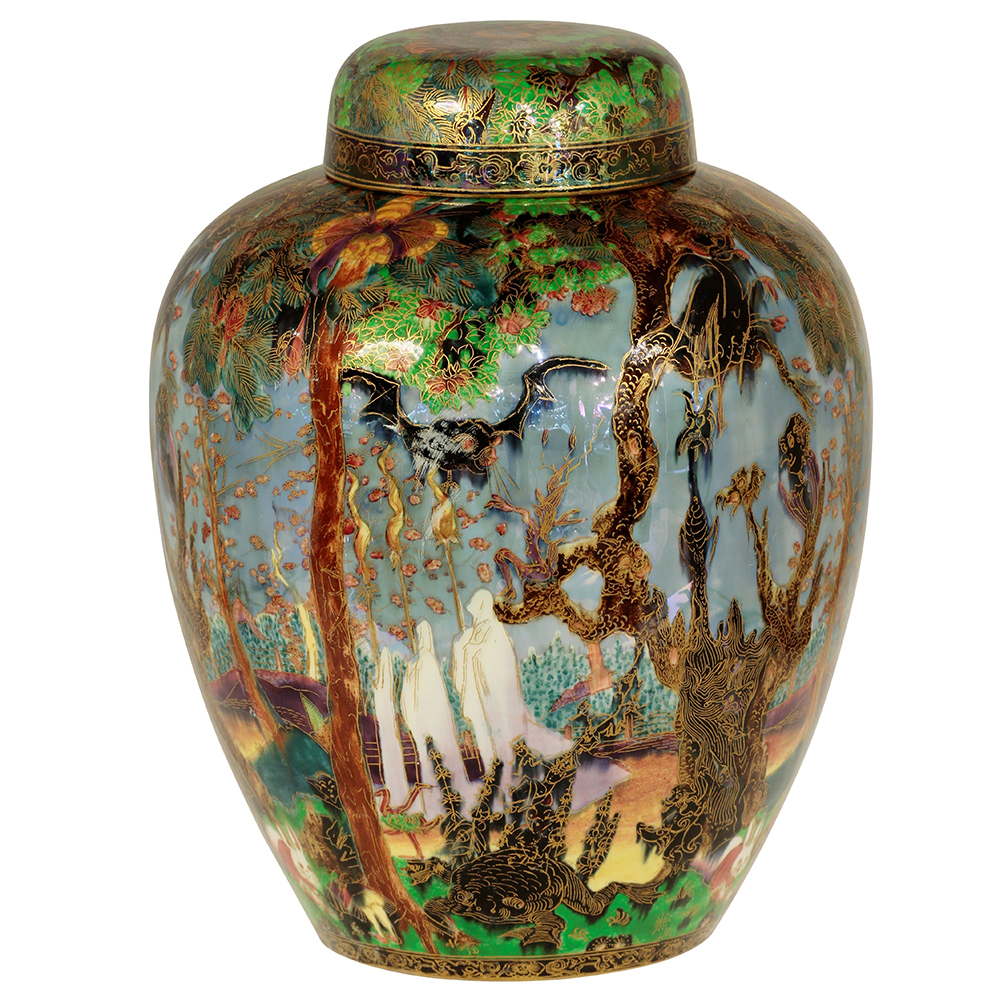
Wedgwood Fairyland Ghostly Wood Malfrey Pot
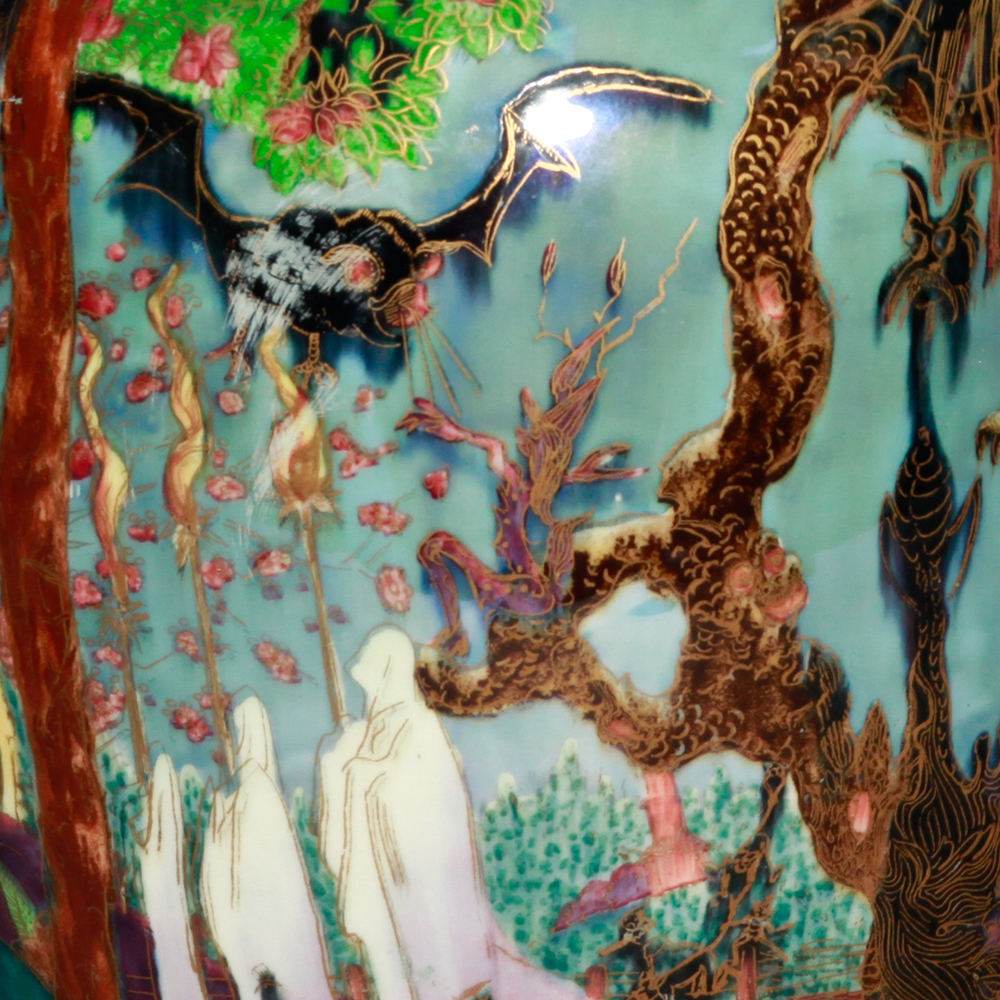
Wedgwood Fairyland Lustre detail
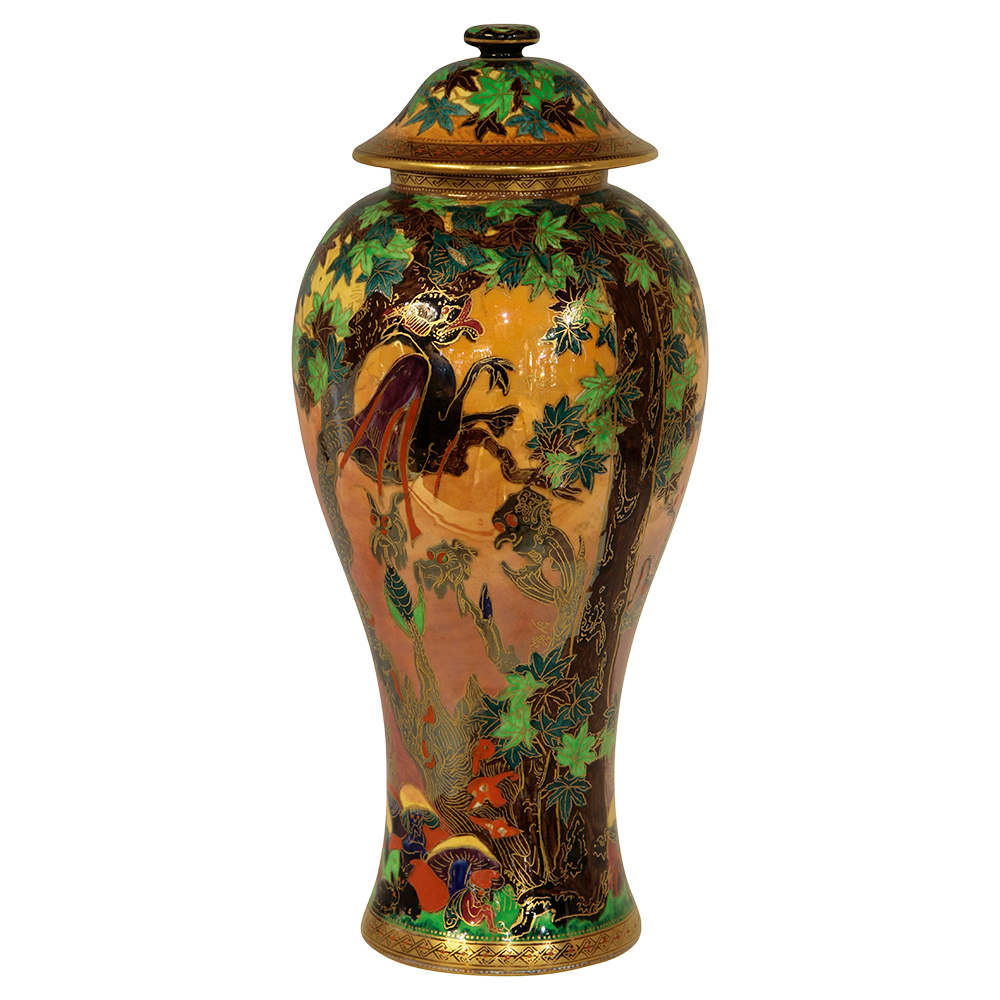
Wedgwood Fairyland Ghostly Wood Flame
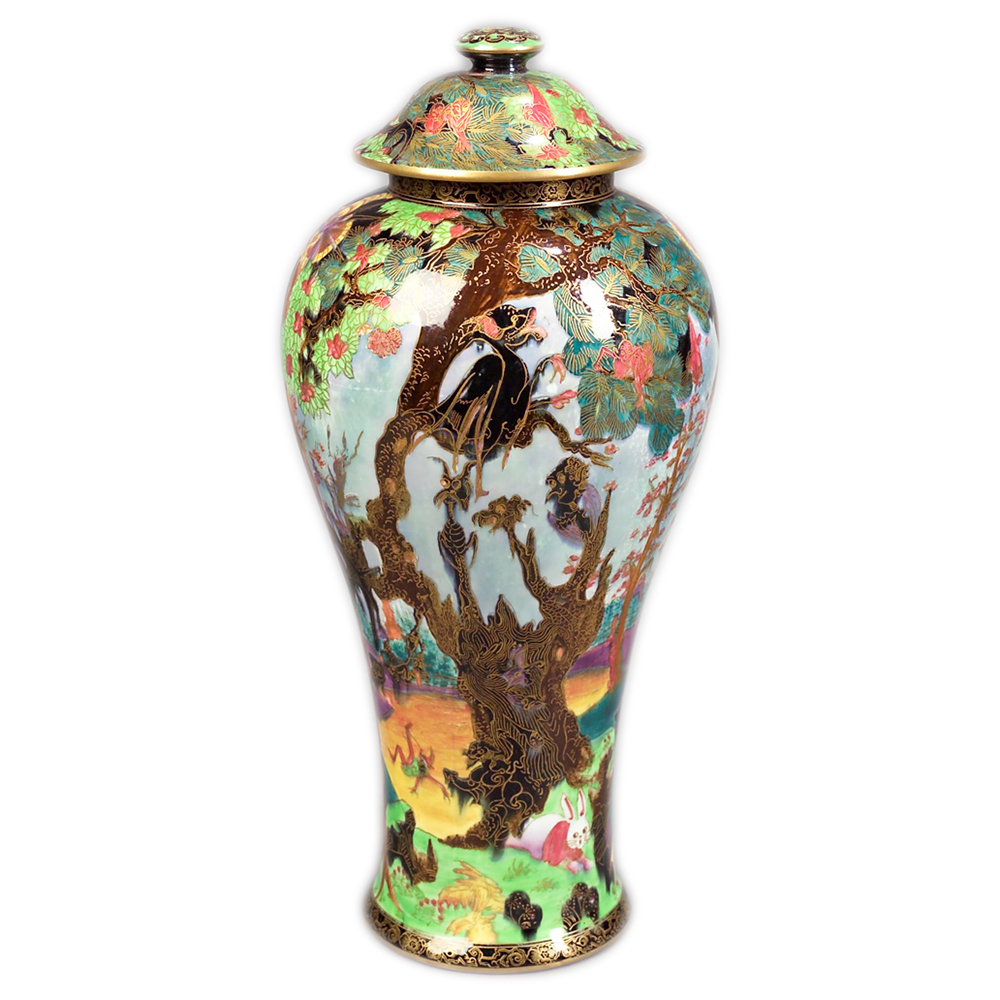
Wedgwood Fairyland Ghostly Wood with White Rabbit
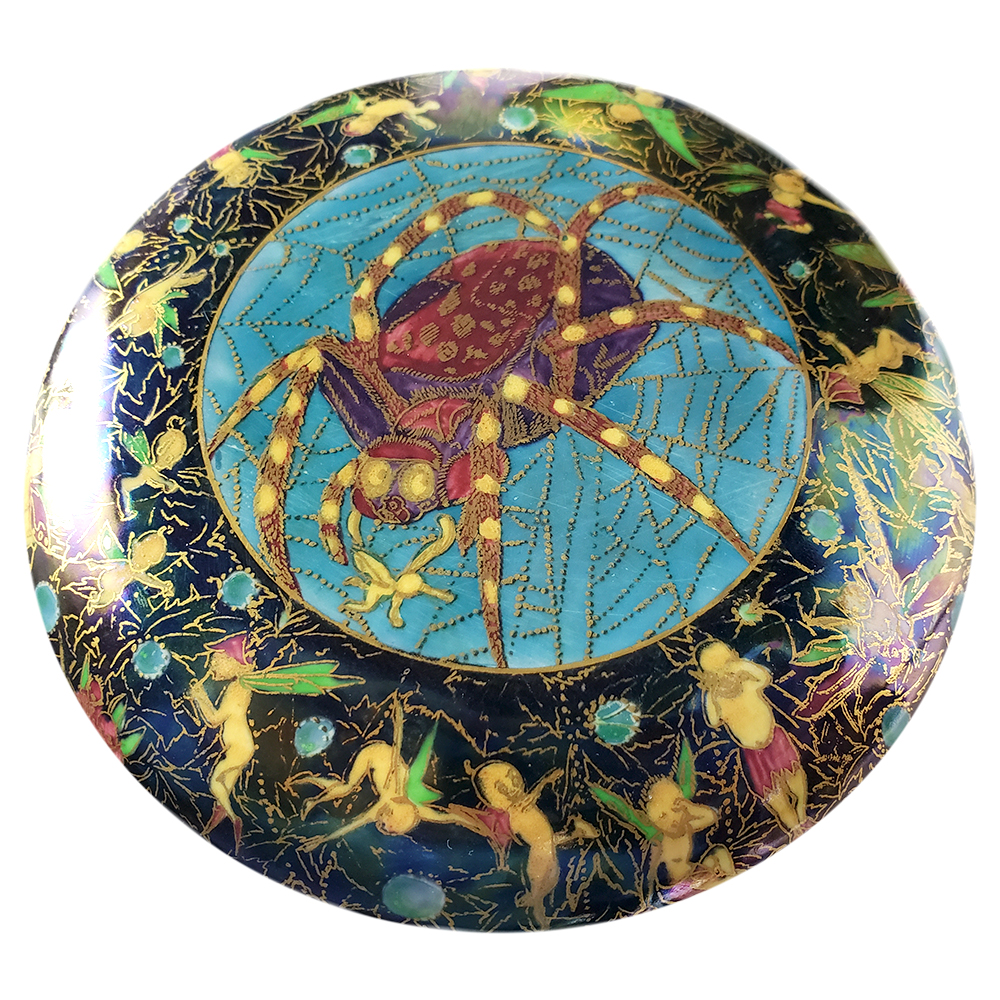
Wedgwood Fairyland Lustre Spider Lid for Bubbles
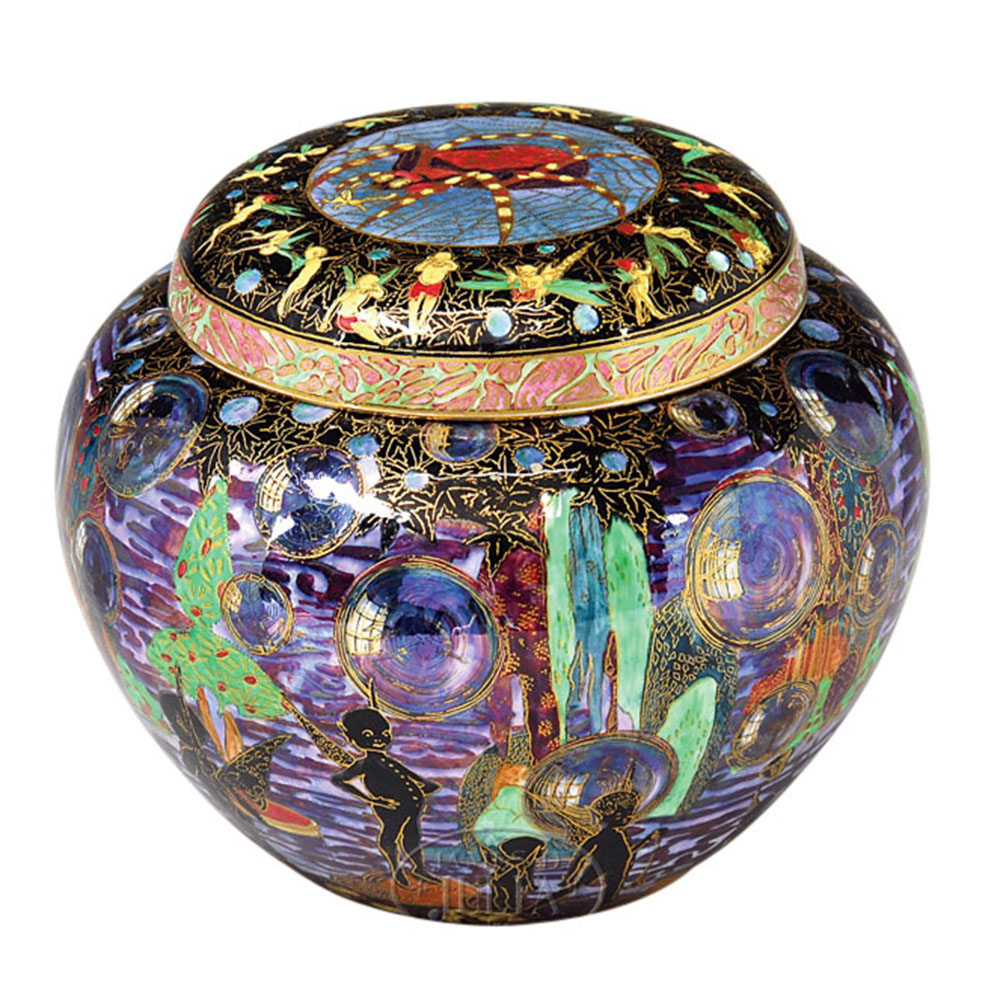
Wedgwood Fairyland Lustre Bubbles
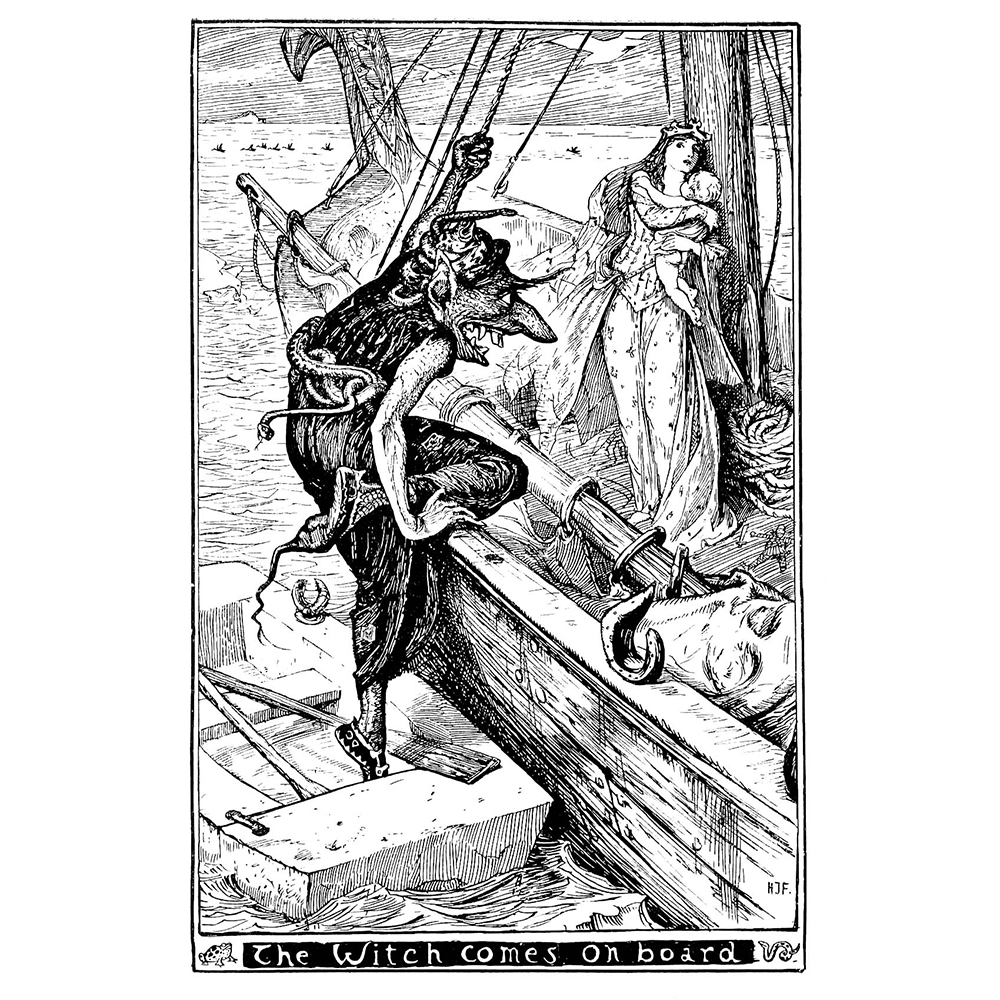
Witch by H.J. Ford
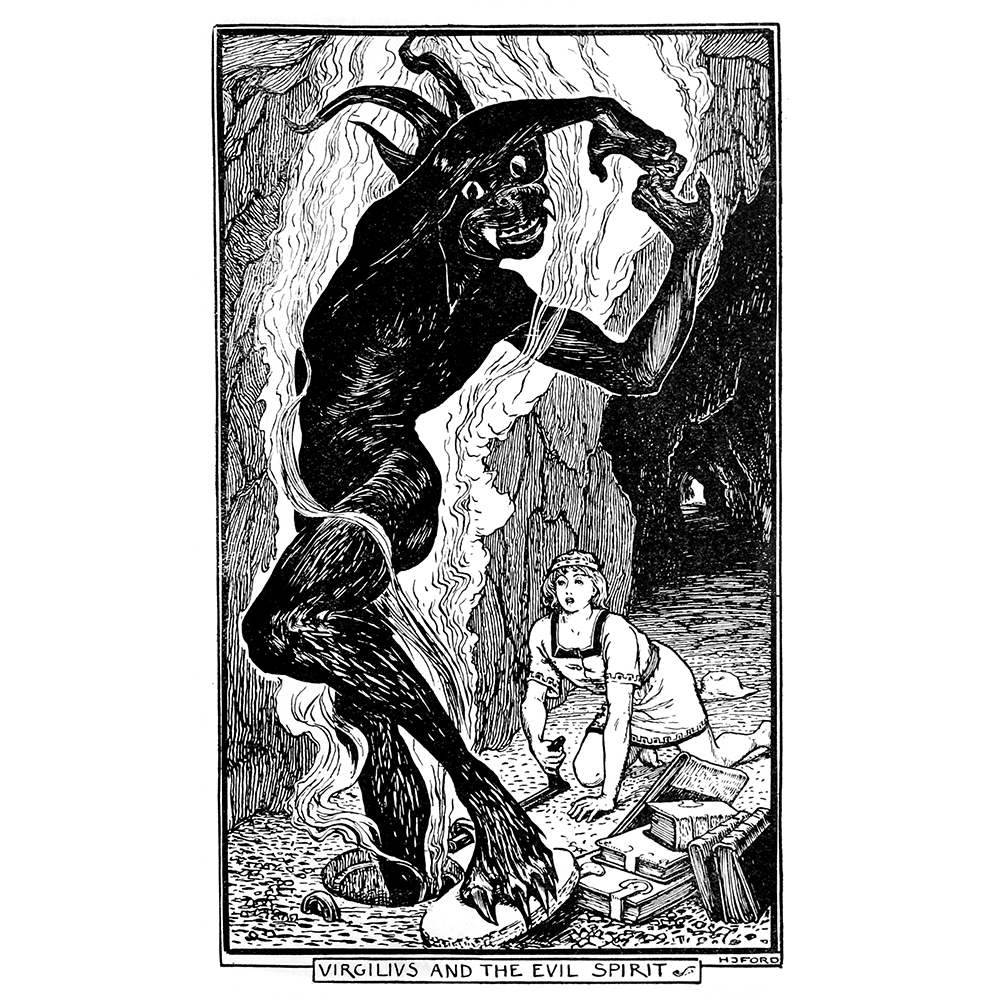
Virgilis & the Evil Spirit by H.J. Ford
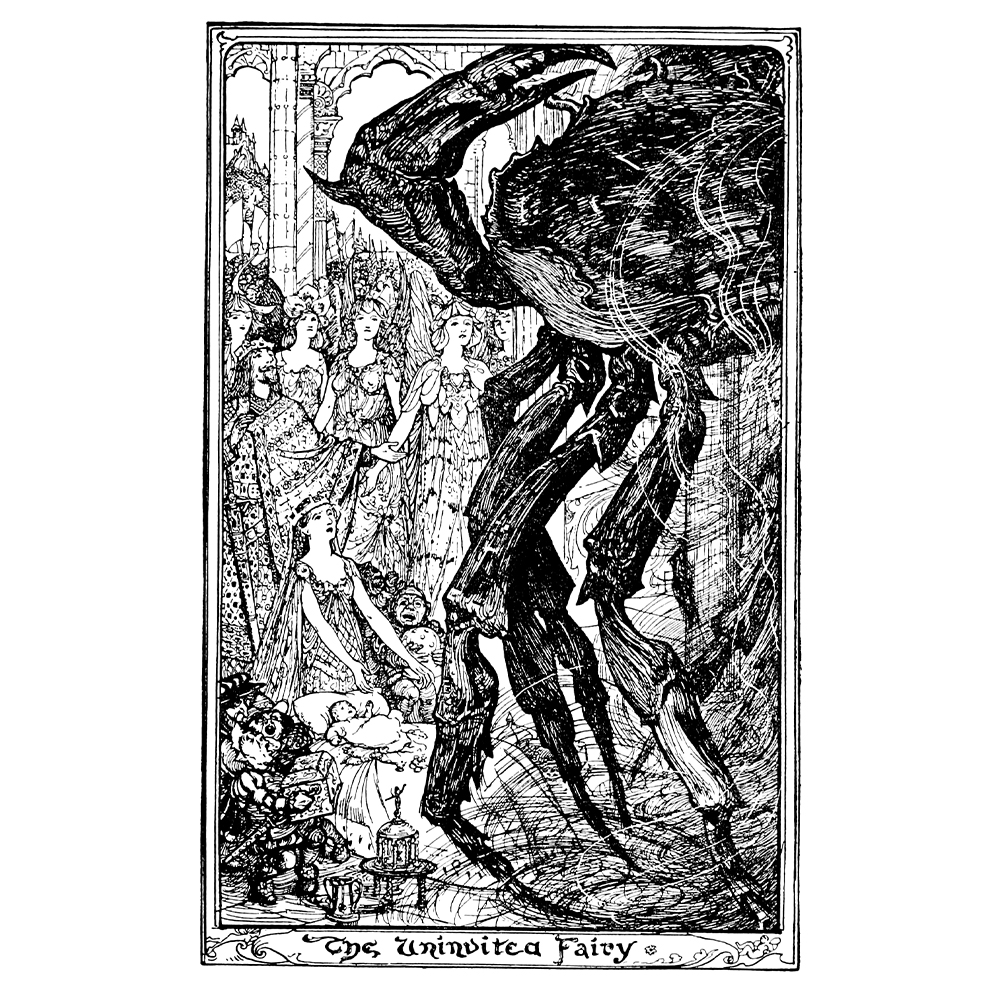
Uninvited Fairy by H.J. Ford
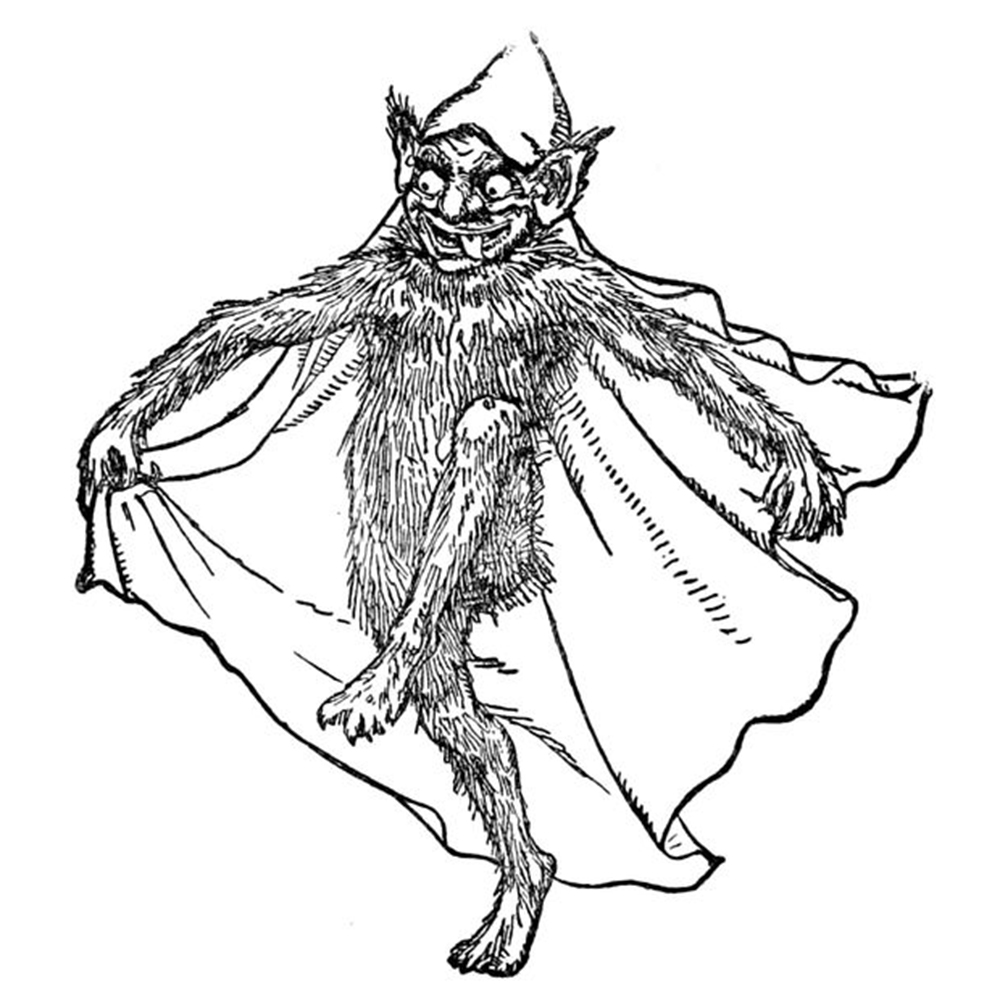
Troll by H.J. Ford
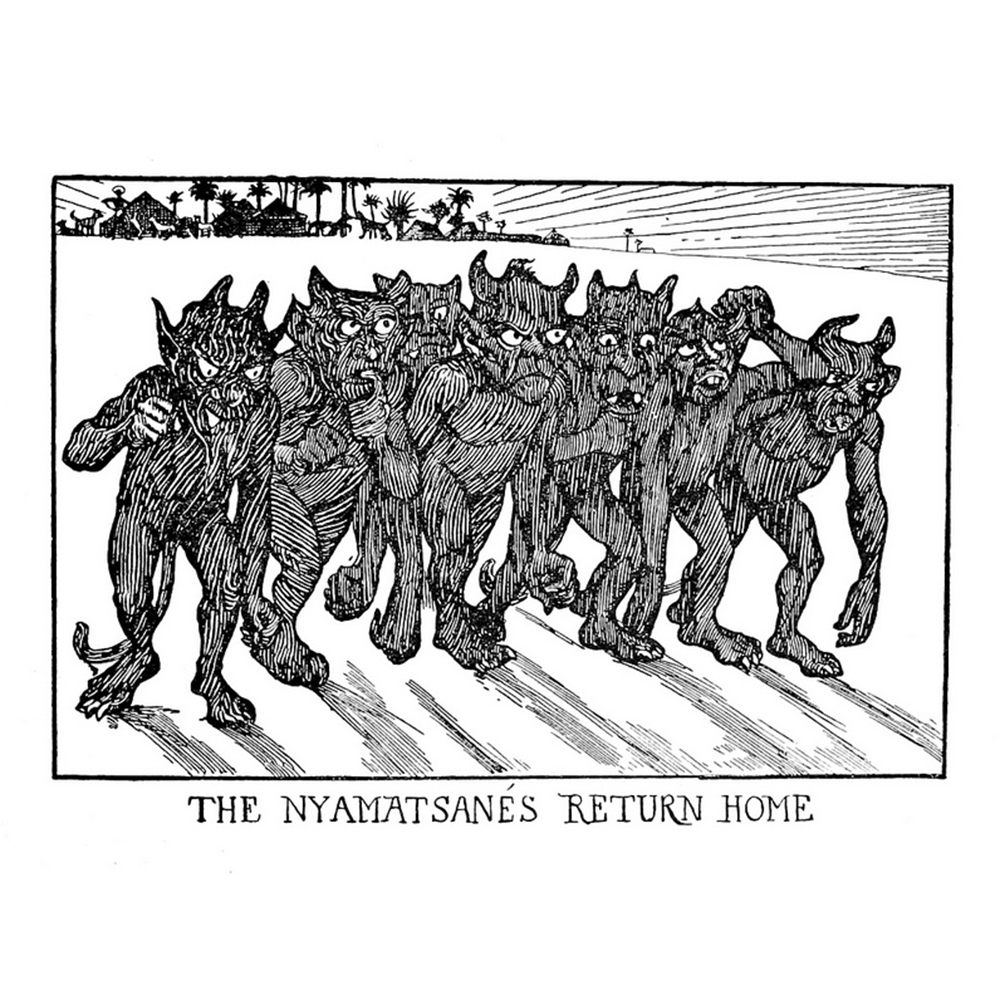
Nyamatsanes by H.J. Ford
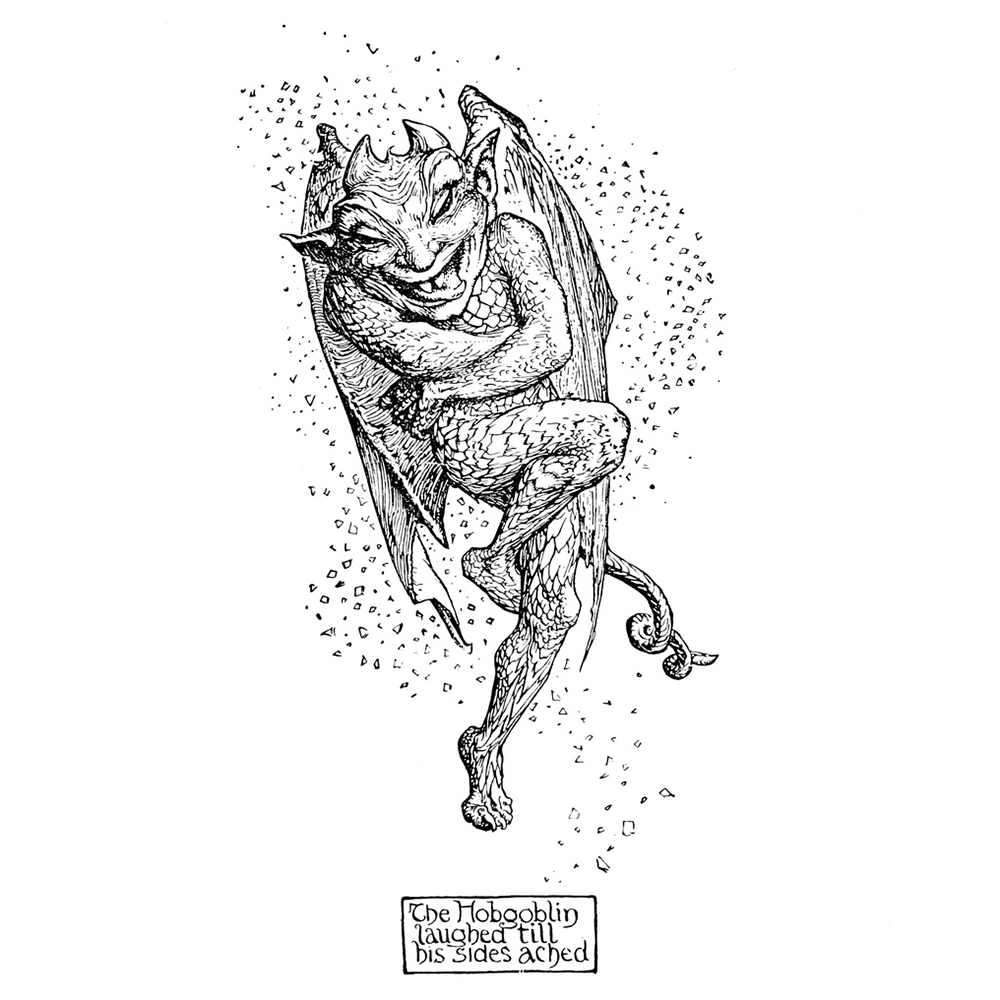
Hobgoblin by H.J. Ford
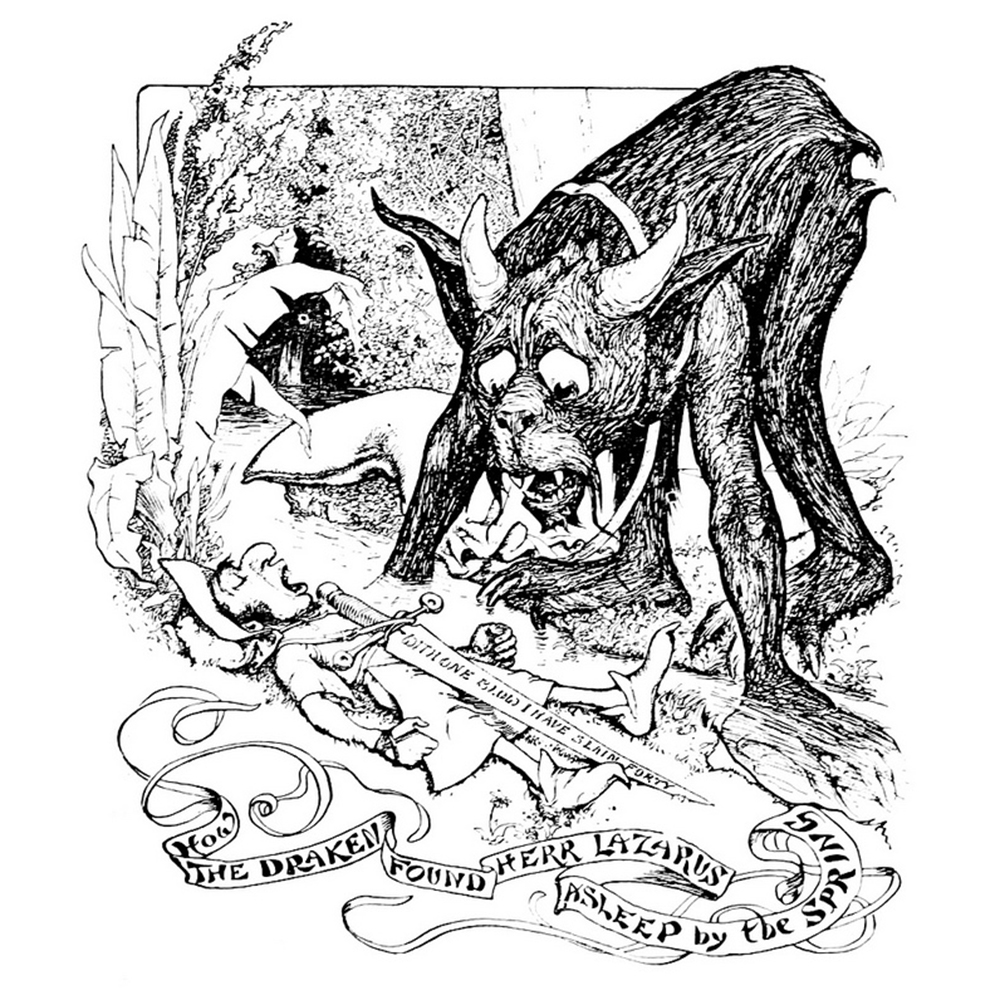
Draken by H.J. Ford
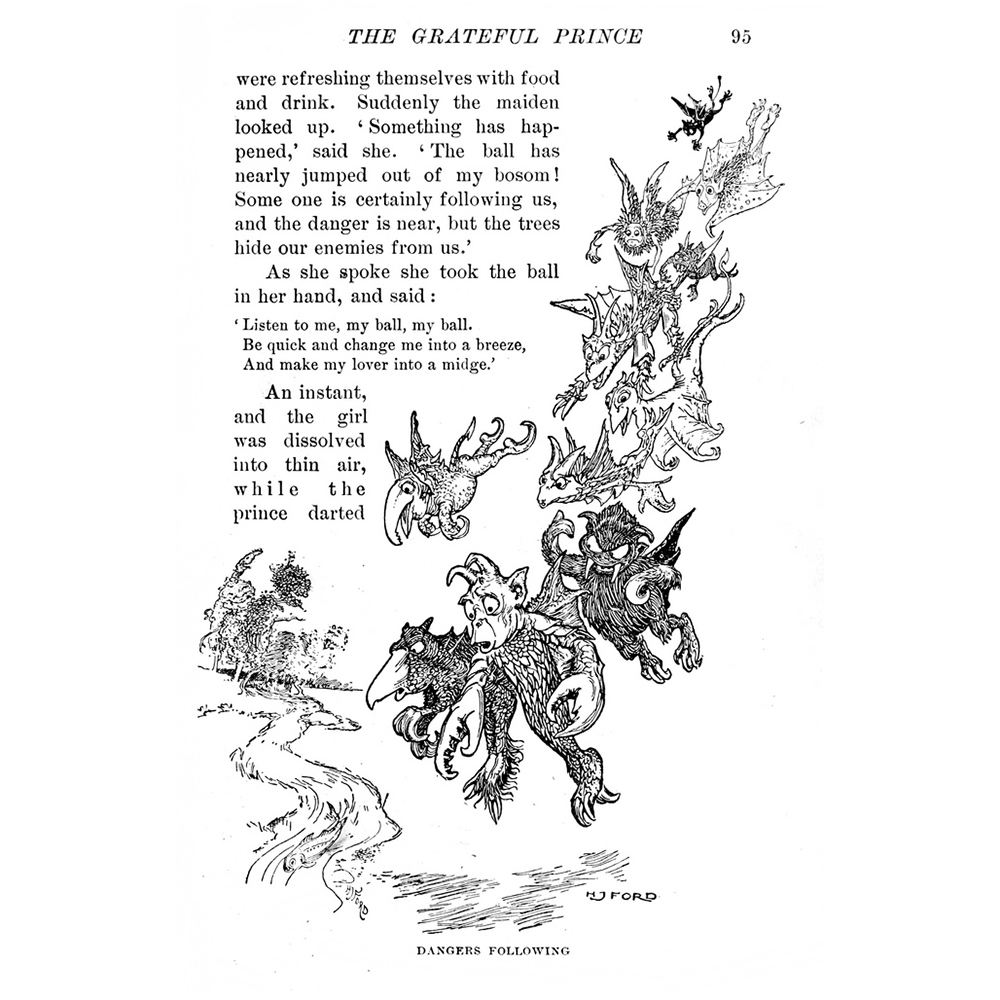
Dangers Following by H.J. Ford
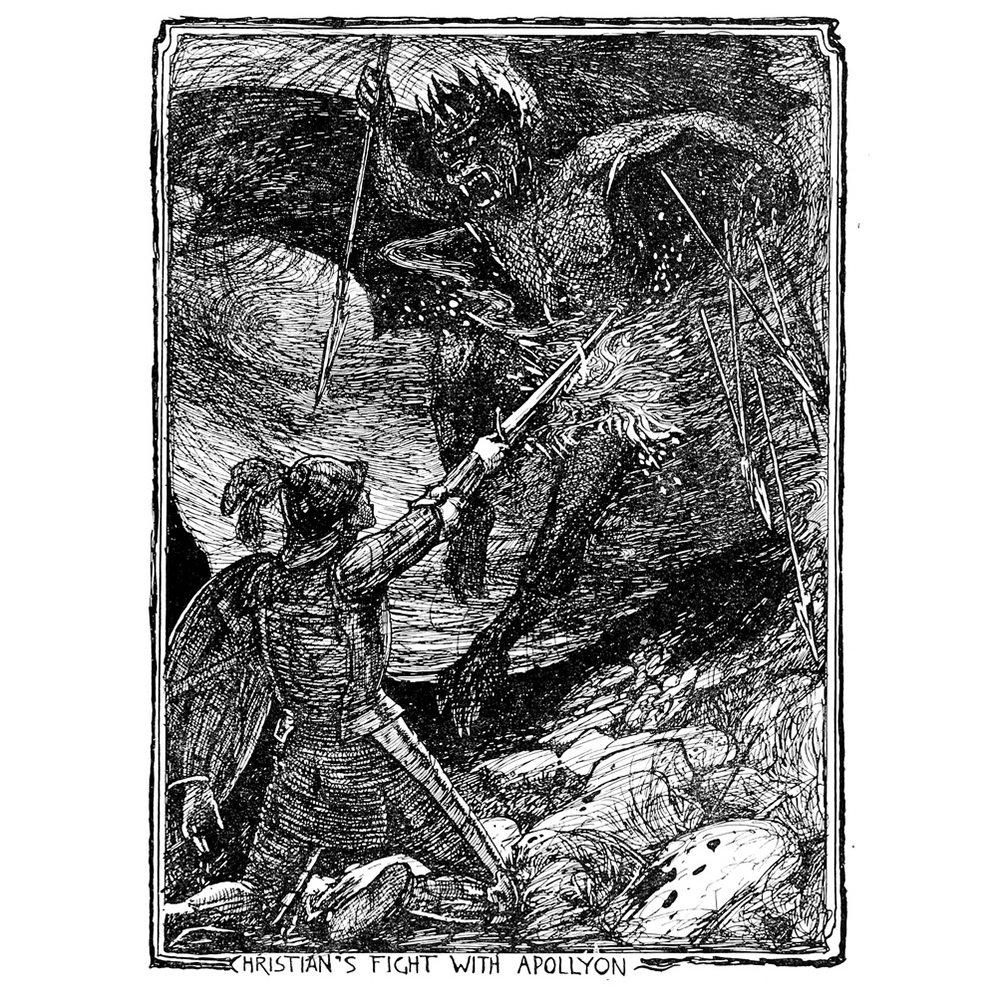
Apollyon by H.J. Ford
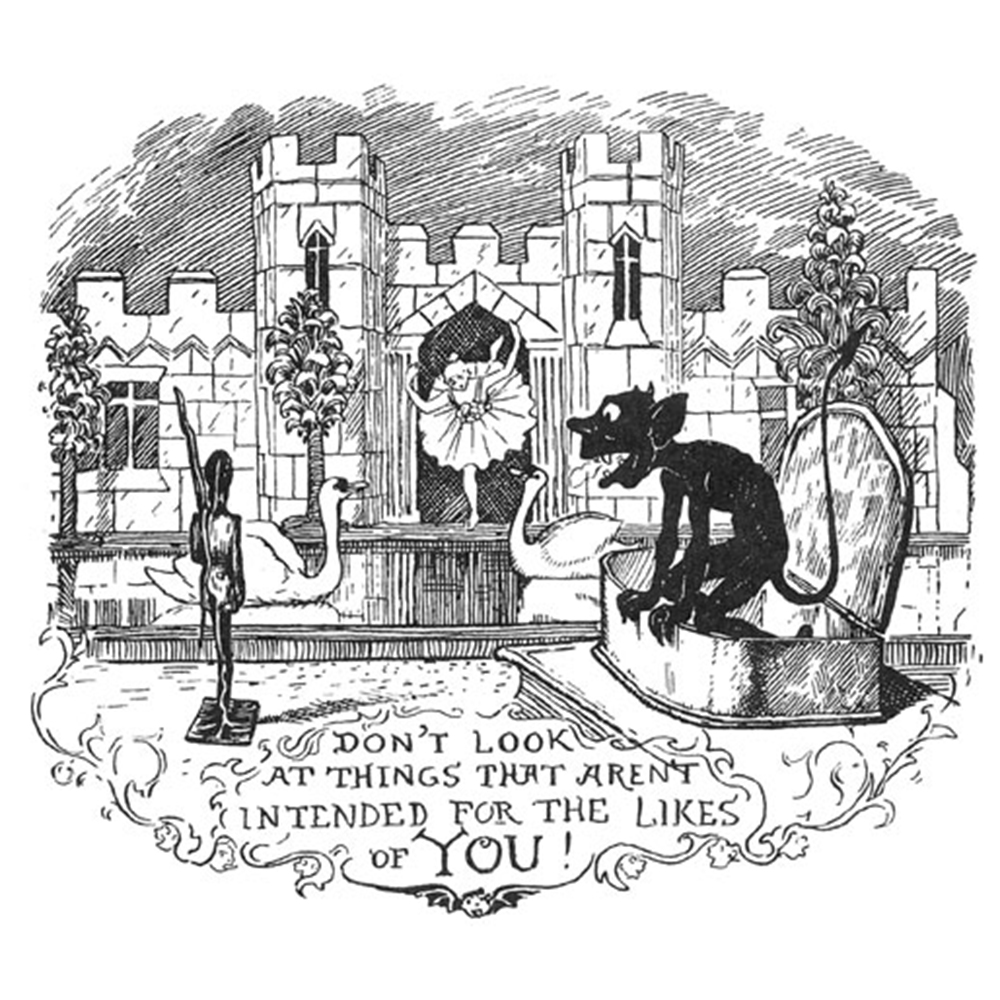
Steadfast Tin Soldier by H.J. Ford
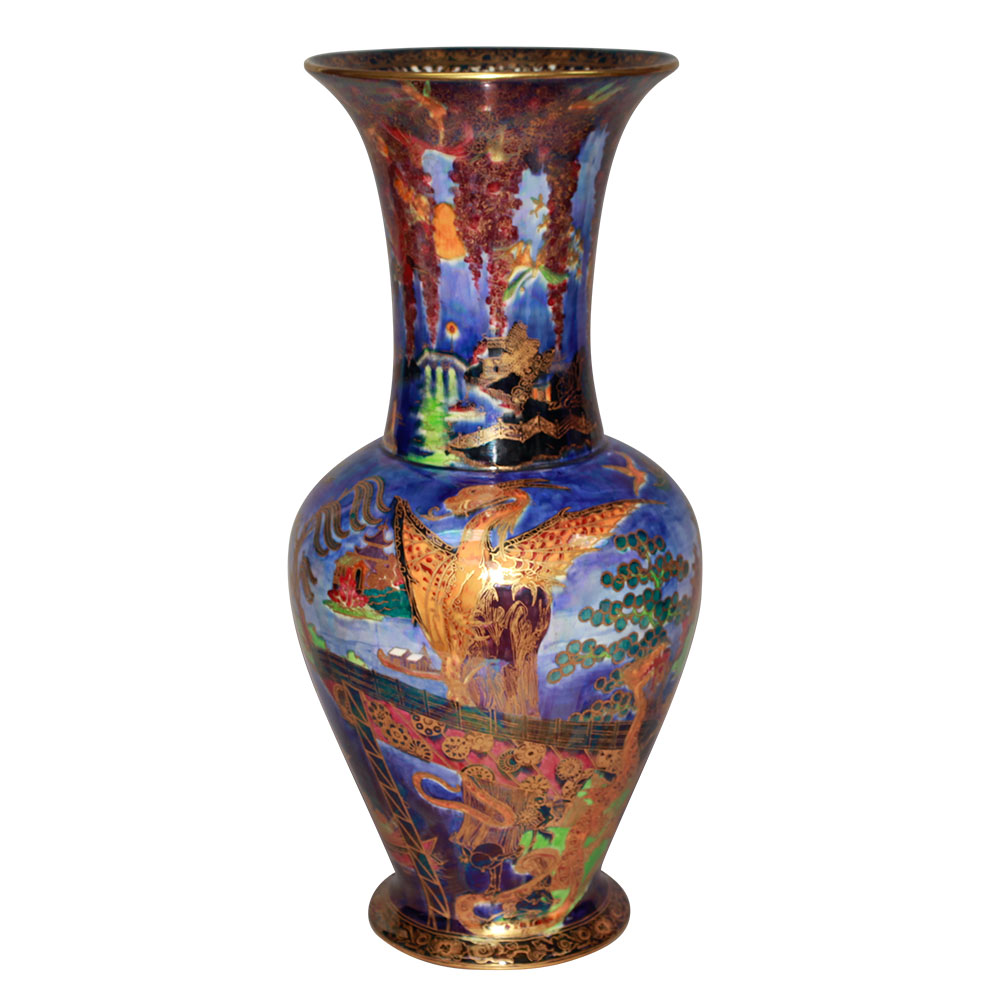
Wedgwood Fairyland Lustre Dragon King Vase
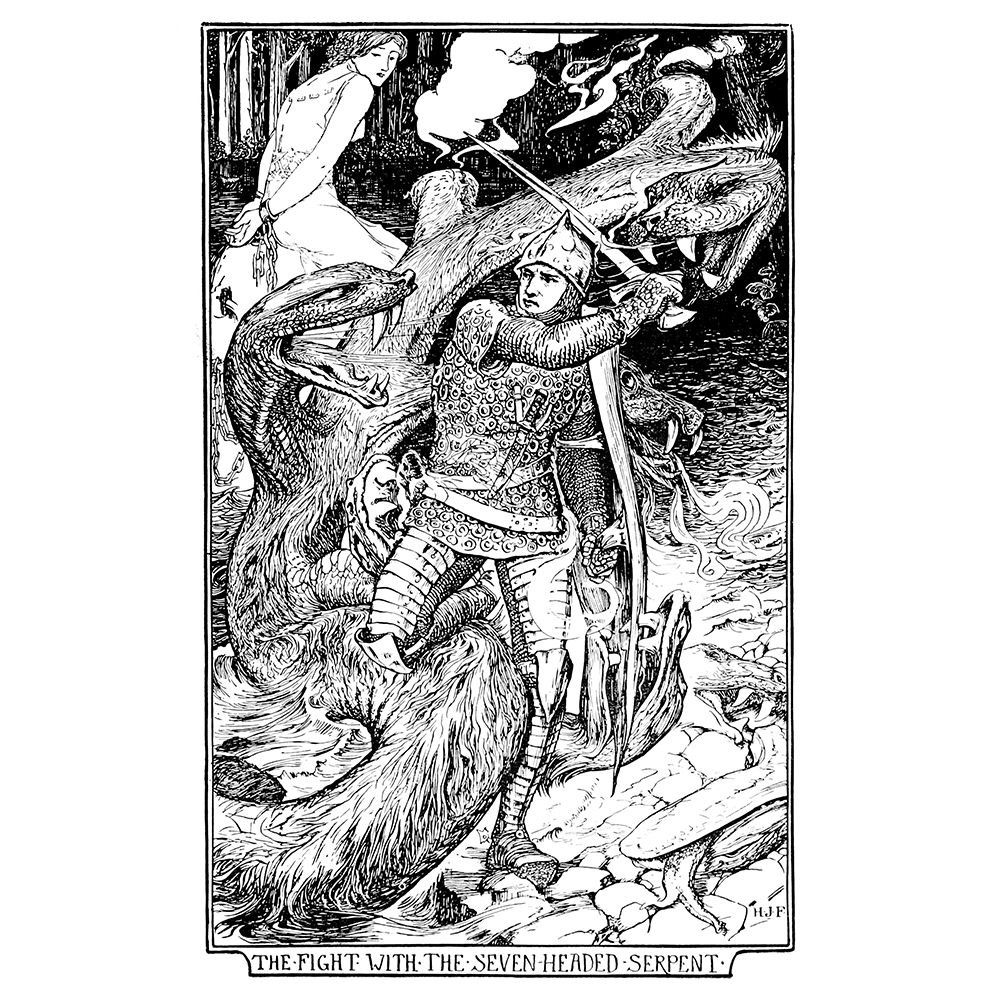
Seven Headed Serpent by H.J. Ford
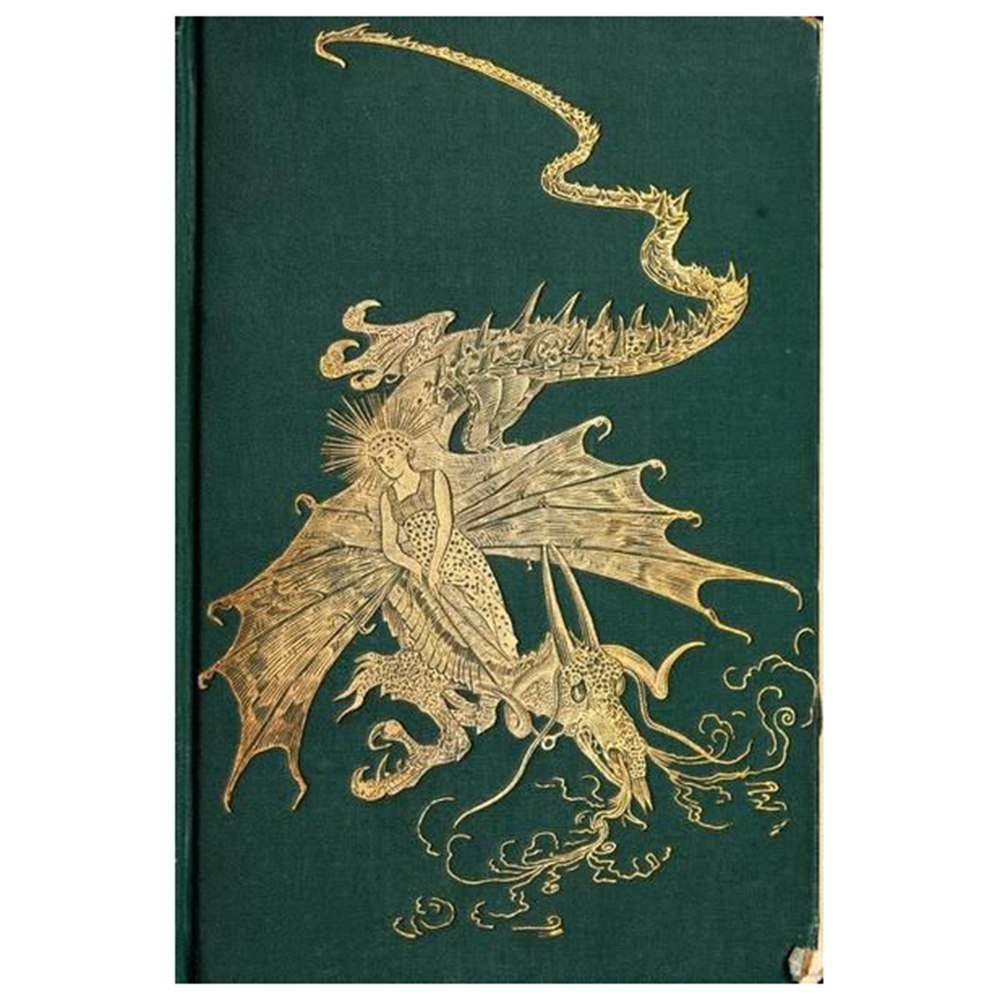
Lang's Green Fairy Book
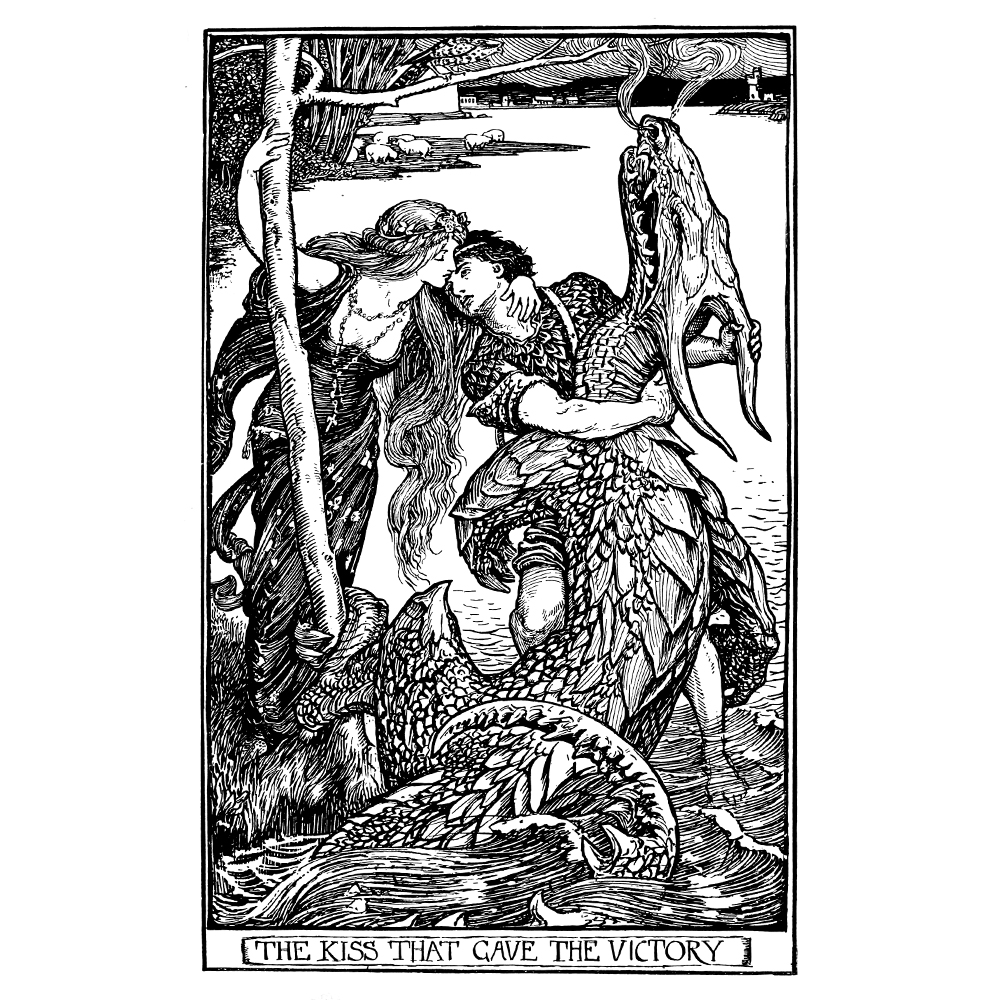
Kiss Victory by H.J. Ford
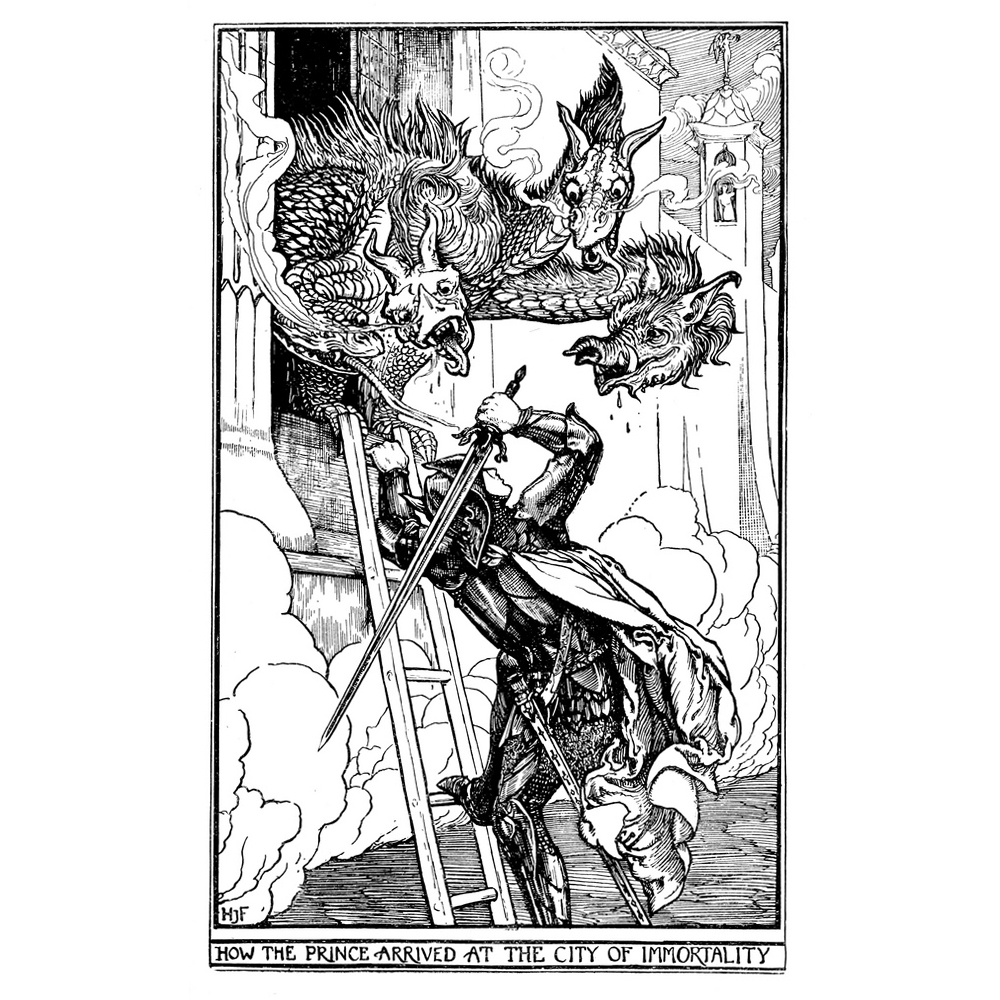
Prince City Immortality by H.J. Ford
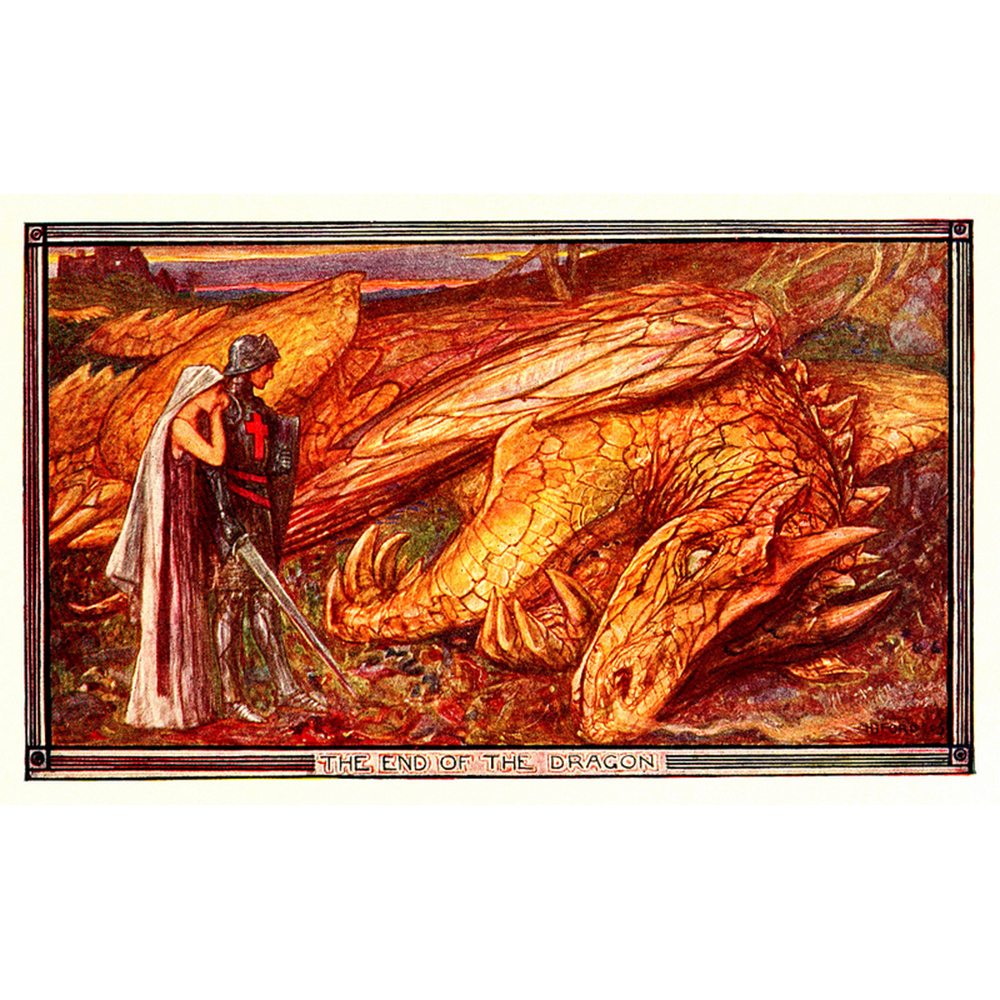
End of the Dragon by H.J. Ford
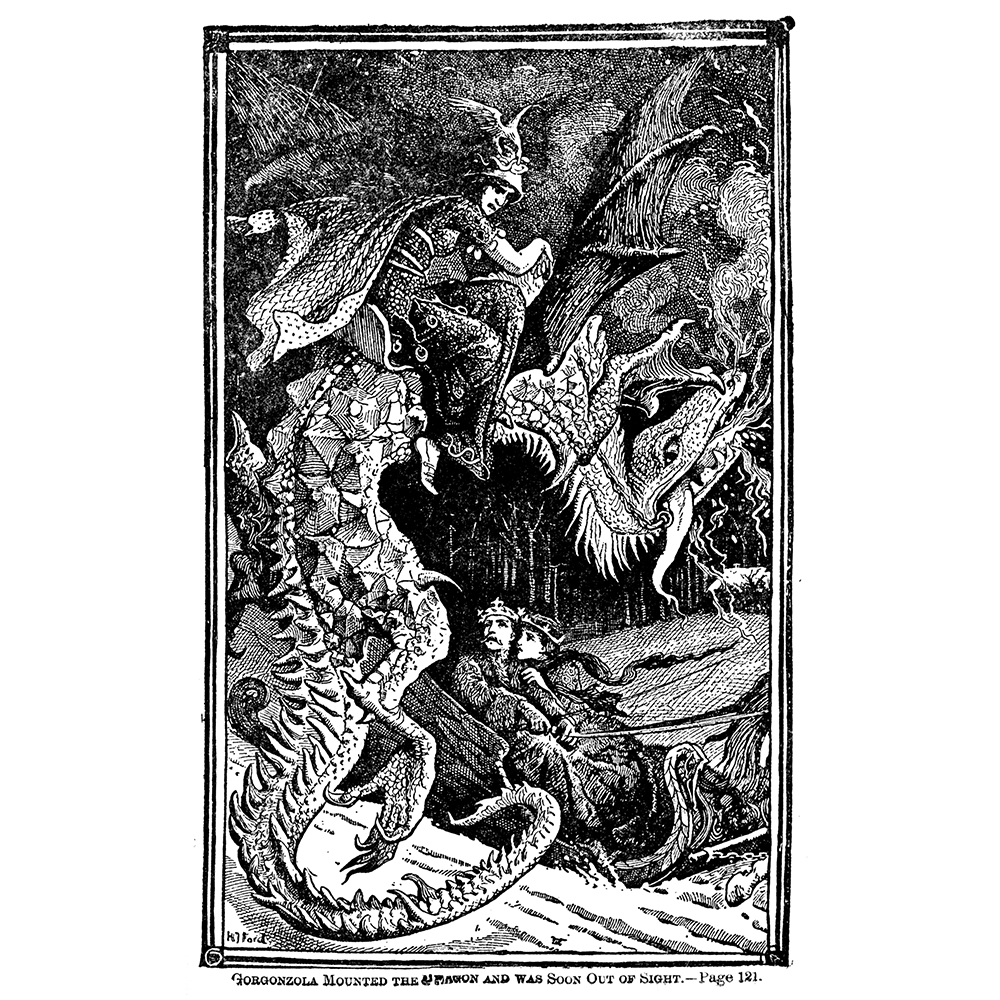
Gorganzola by H.J. Ford
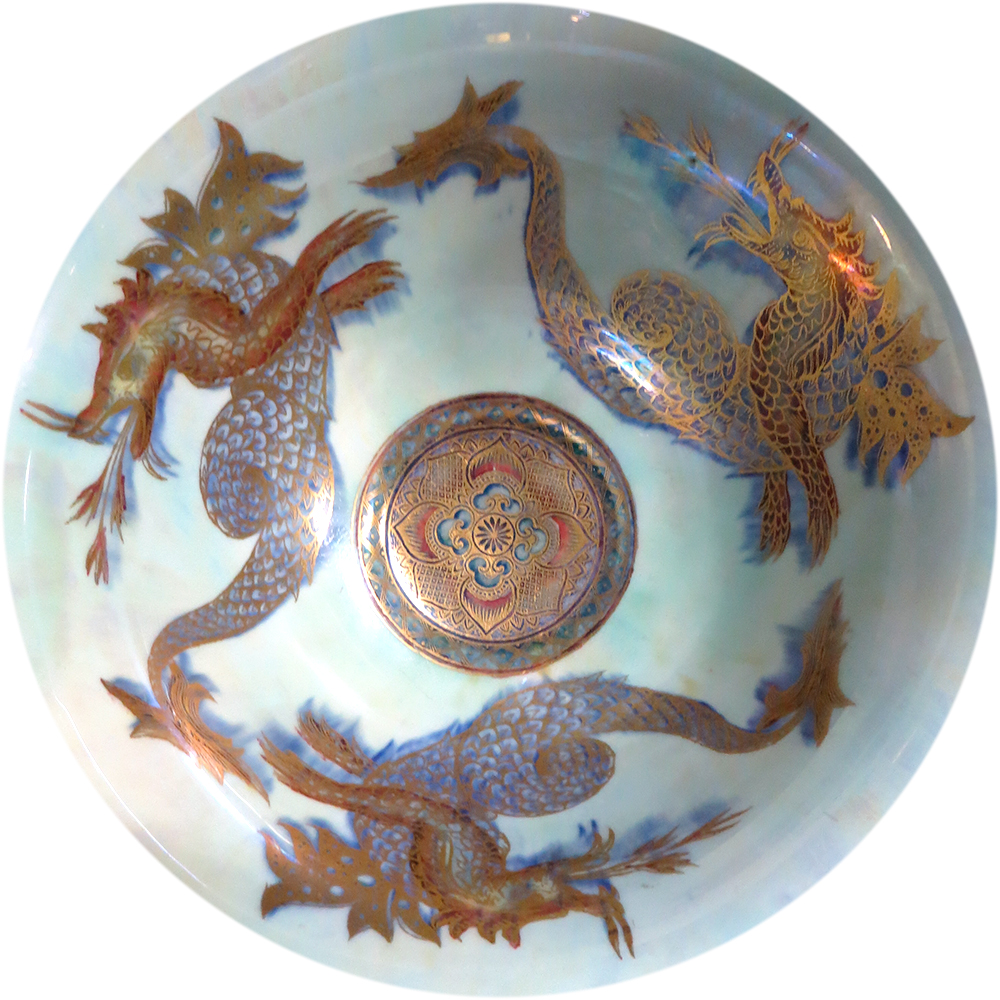
Wedgwood Fairyland Lustre Dragon
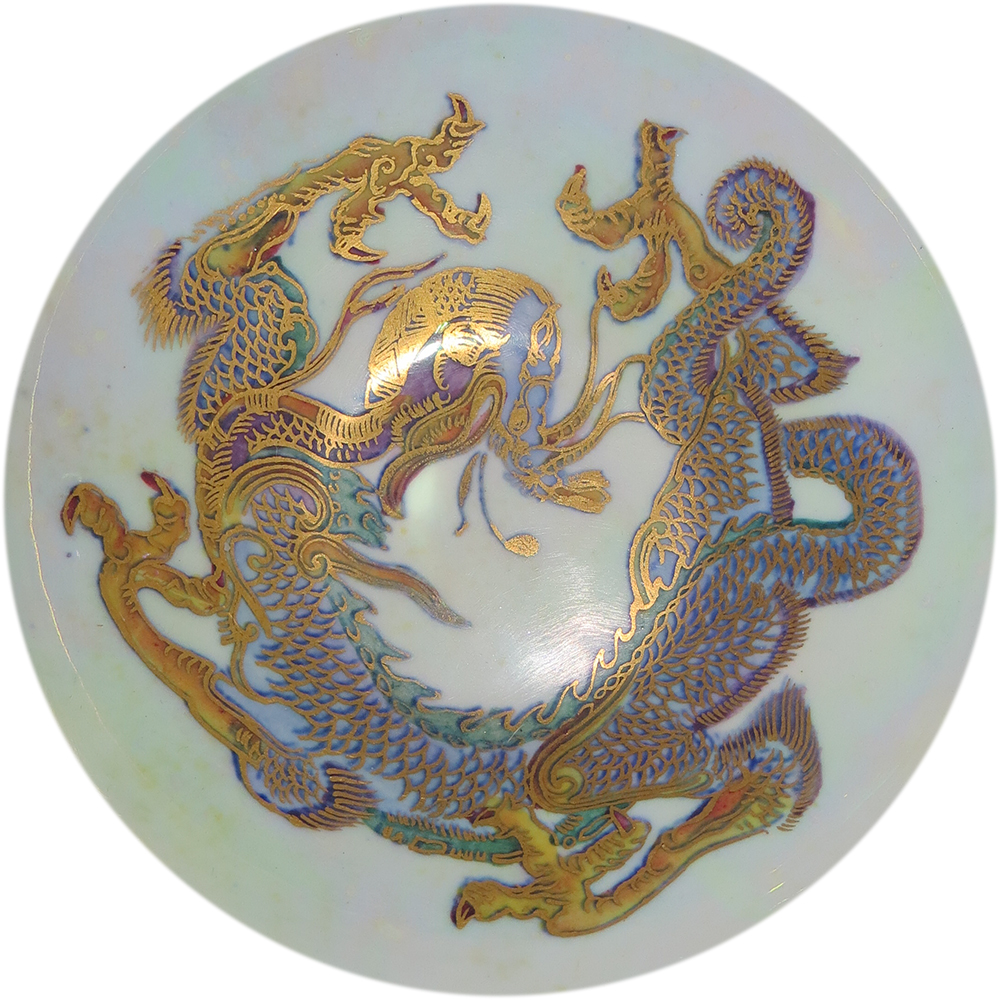
Wedgwood Fairyland Lustre Dragon
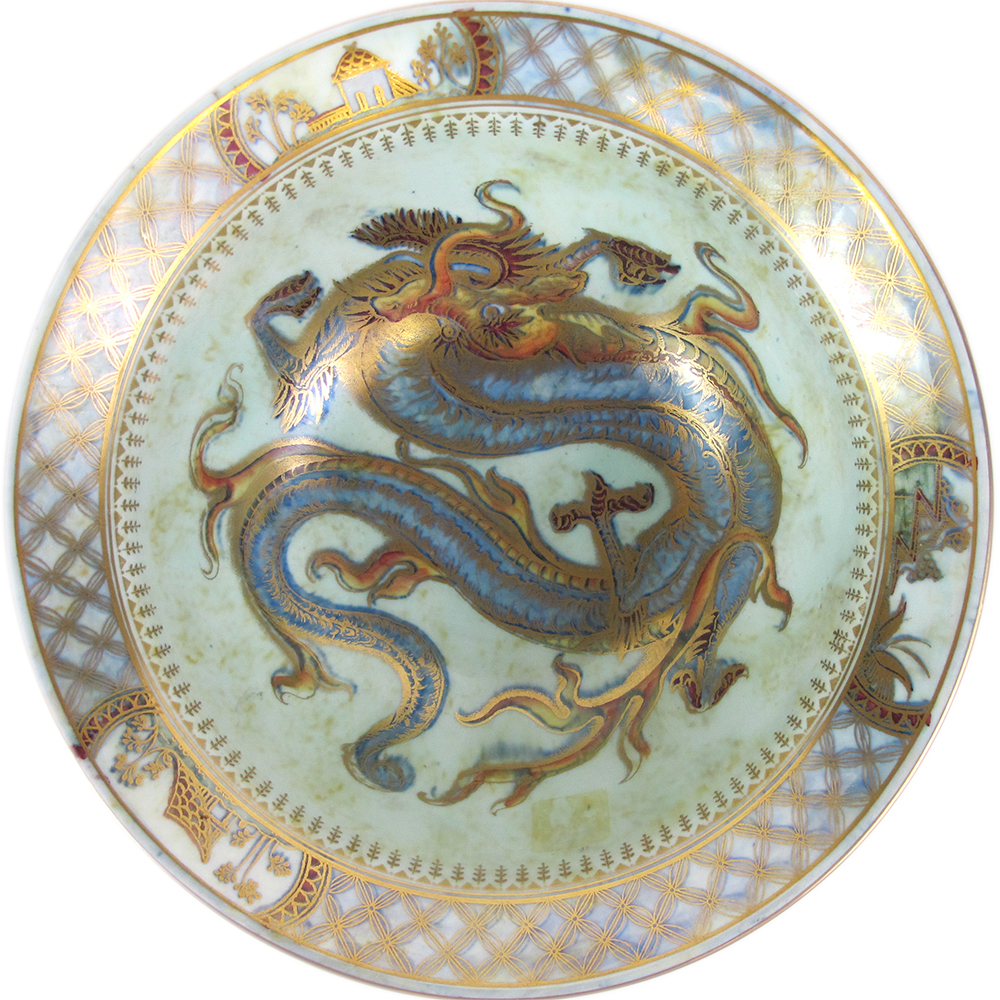
Wedgwood Fairyland Lustre Coiling Dragon
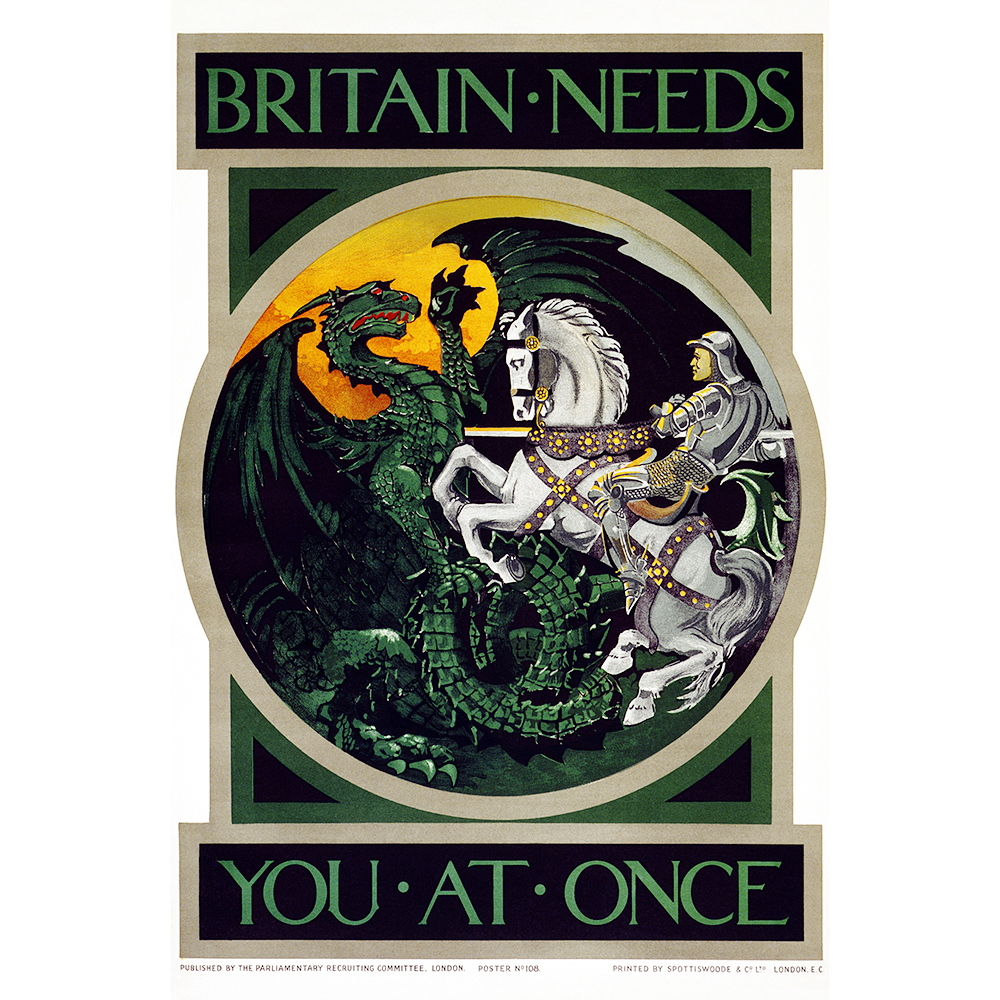
Britian Needs You at Once
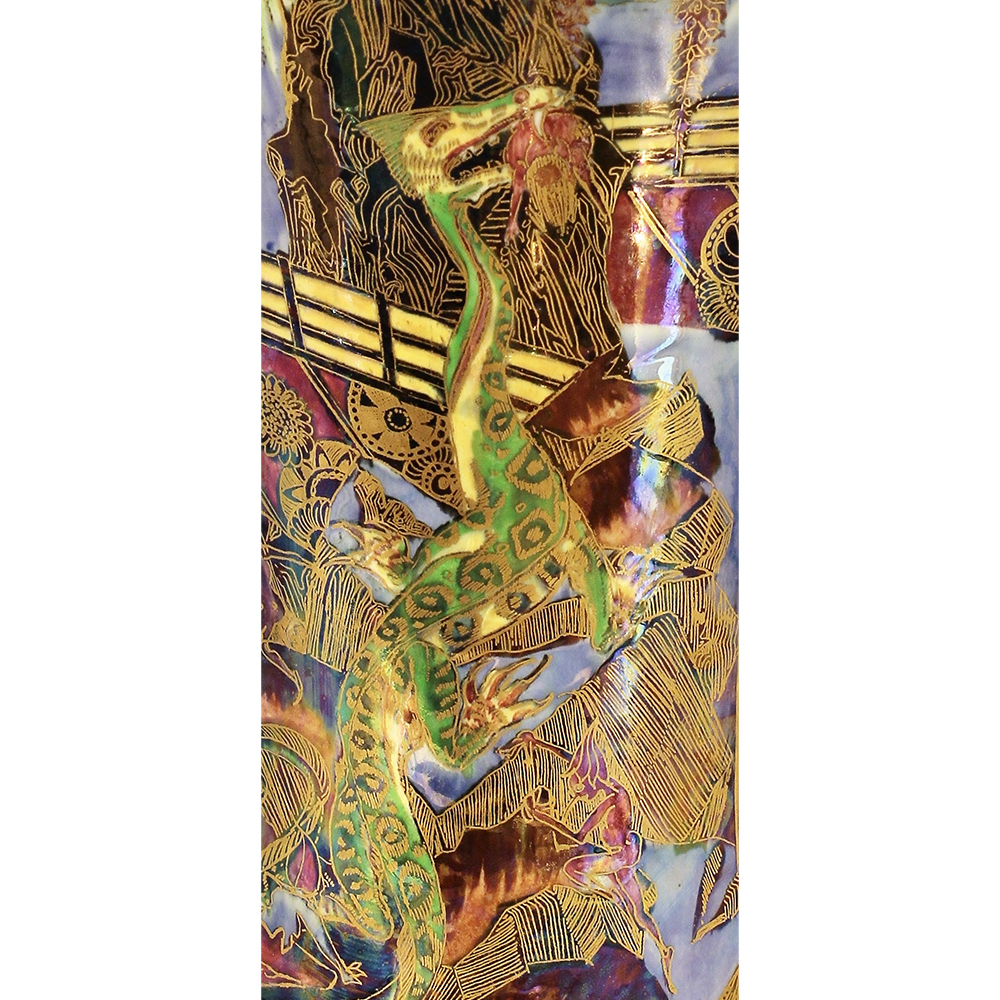
Wedgwood Fairyland Lustre Temple on Rock detail
